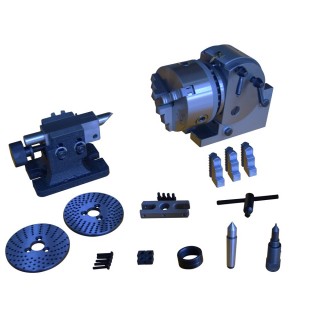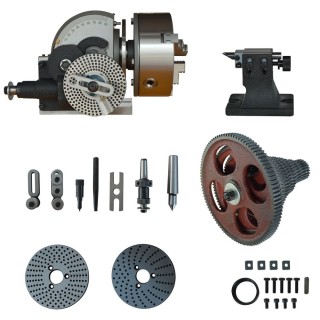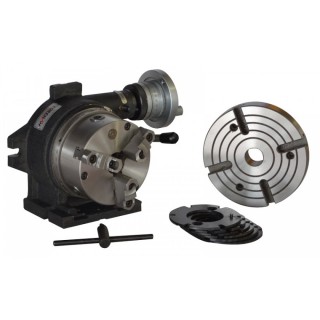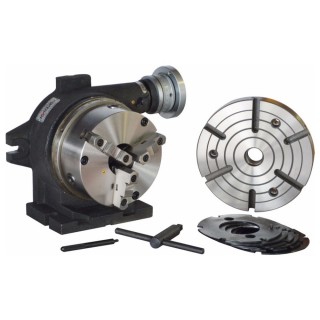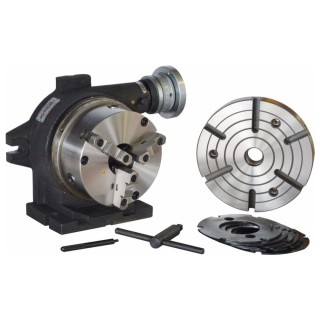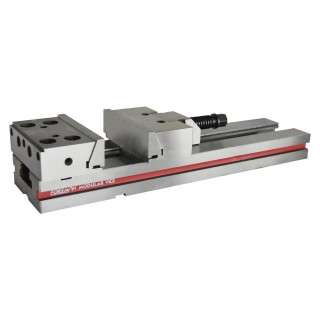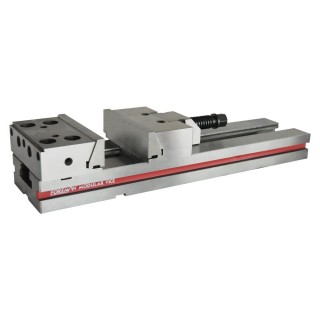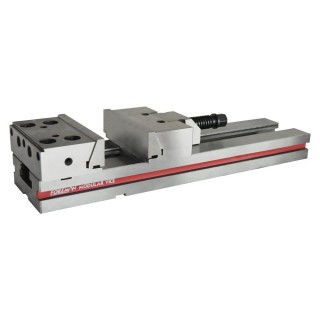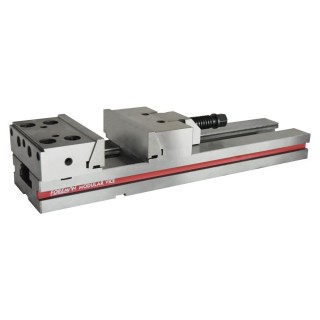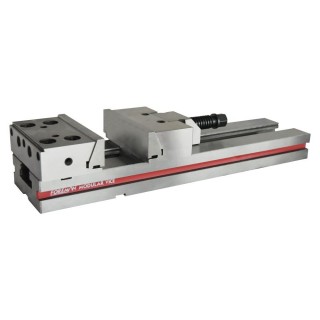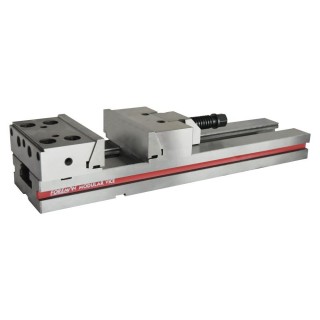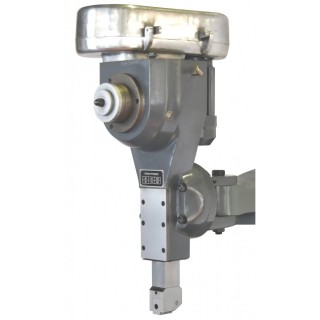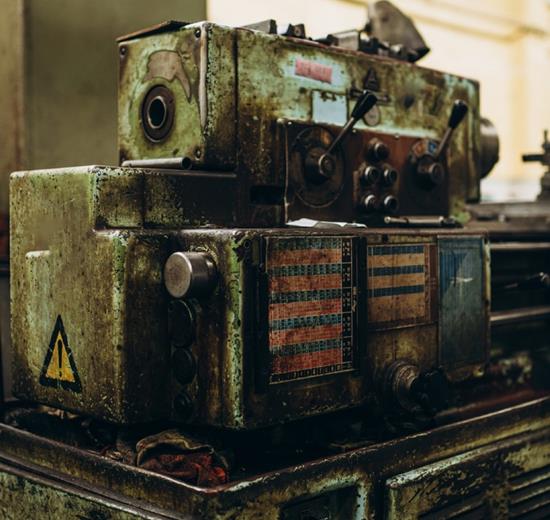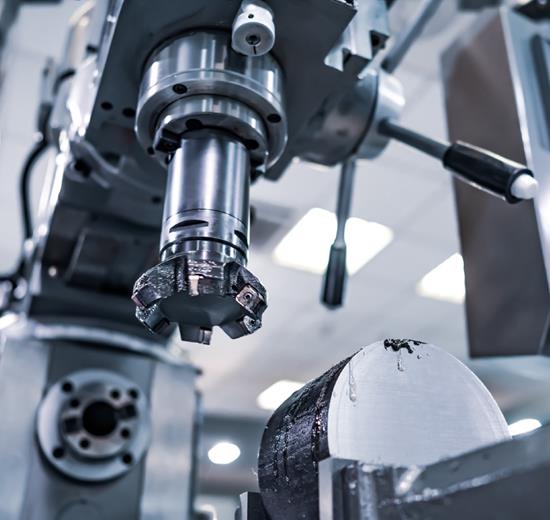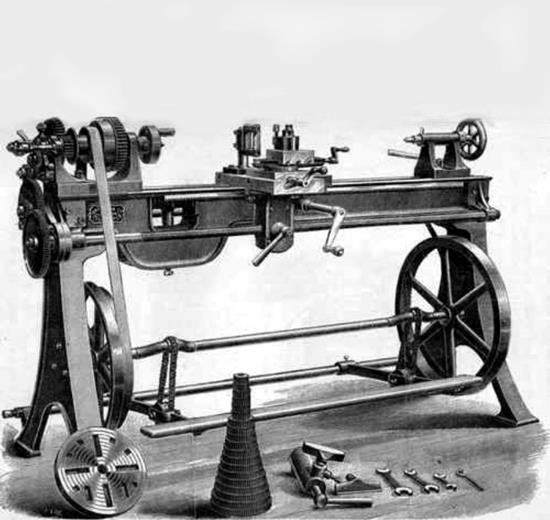Two Angle Swivel (5 Axis) Ram Head
X, Y, Z Axis Travels 1300x320x480 mm
3 Axis Automatic Feeding (Servo Transmission)
Vertical and Horizontal Spindle ISO50
5.5 Kw (Vertical) 4 kW (Horizontal) Motor Power
Spindle Movement with Inventor
X-Y-Z Axis Movements 1200x400x500 mm
3 Axis Automatic Feeding (Servo Transmission)
Vertical Spindle ISO50
7.5 kW Engine Power
SIK SORULAN SORULAR
Universal milling machine is a milling machine with versatile machining capability. Capable of milling in both horizontal and vertical axes, these machines can perform cutting operations at various angles and directions. They are usually equipped with various attachments and jigs to adapt to different machining needs. Universal milling machines can work on a wide range of materials and are used for machining complex shapes, gears, grooves and other details. Thanks to these features, they are widely preferred in both mass production and special production processes.
Universal milling machines are preferred due to their various advantages:
Versatility: Thanks to the ability to work in both horizontal and vertical axes, machining can be performed in different angles and directions.
Flexibility: It can be equipped with various attachments and jigs to adapt to different machining needs.
Wide Application Area: It can work on steel, aluminium, plastic and other materials. This feature makes universal milling machines useful in various industries.
Complex Machining: Universal milling machines are effective in machining gears, grooves, holes and other complex shapes.
High Precision: The ability to make precise cuts and operations is important in precision part production.
Productivity: Thanks to its versatility and flexibility, it increases productivity in the production process.
Durability: Generally robust and durable structures provide long-lasting use.
Ease of Training and Learning: Relatively easy to use and learn, enabling operators to gain competence quickly.
Affordability: Its versatile functionality saves costs by reducing the need for multiple machines.
Wide Accessibility: The availability of different makes and models provides options to suit a variety of budgets and needs.
These features make universal milling machines ideal for both small workshops and large industrial plants.
The universal milling machine is a versatile machine used for machining various surfaces of workpieces. The working principle can be explained in the following steps:
1. Machine Setup
Setting the Workbench: Firstly make sure that the workbench is placed on a smooth and balanced surface.
Tool Selection: The milling cutters suitable for the workpiece and the type of process must be selected and mounted in the tool holder.
2. Part Clamping
Use of Vise or Clamping Apparatus: The workpiece is secured in a vice or special clamping apparatus. Tight clamping of the workpiece prevents it from slipping during operations.
3. Adjusting the Workbench
Adjustment of Cutting Speed and Feed Rate: Cutting and feed speeds are set according to the type of material to be processed and the properties of the cutting tool.
Resetting the Workbench: Determining the starting point of the cutting tool on the workpiece and resetting the machine according to this point.
4. Processing
Moving the Cutting Tool: The universal milling machine can move in the X (horizontal), Y (vertical) and Z (depth) axes. The operator controls the movement of the cutting tool along these axes.
Cutting Process: According to the selected process type (plane milling, profile milling, grooving, etc.), the desired shape or surface is processed by moving the cutting tool on the workpiece.
Cooling and Lubrication: Coolants or oils are used to reduce the heat generated during machining and to extend the life of the cutting tool.
5. Control and Measurement
Post Process Control: After the completion of the process, the workpiece is measured and checked whether it complies with the desired tolerances and surface quality.
6. Maintenance and Cleaning
Cleaning the Worktop: After the process is completed, the workbench and work area should be cleaned.
Periodic Maintenance: Regular maintenance of the cutting tool and the machine tool ensures long life and efficient operation of the machine.
The universal milling machine operates with high precision and efficiency by following the above steps carefully. During these operations, the experience and knowledge of the operator directly affects the quality of the work.
Cutting tools used in universal milling machines can have different designs and features to suit various machining operations. Cutting tools commonly used in universal milling machines:
Plain Milling Cutters: Used for flattening surfaces and large material removal operations.
Side Milling Cutters: Suitable for edge milling, used for both surface and side cuts.
End Milling Cutters (End Mills): These cutters, which usually have straight or spiral teeth, are used for pocket opening, contour milling and machining complex shapes. There are types such as flat end, ball nose, corner radius.
End Mill Cutters (Slotting Cutters): Used for opening narrow and deep grooves.
T-Slot Cutters: Specialised cutters designed for cutting T-shaped grooves.
Angle Milling Cutters: Used for machining surfaces at a certain angle, generally preferred for cutting V-grooves.
Gear Milling Cutters (Gear Cutters): Used for machining tooth profiles of gear wheels.
Tapered End Mills (Tapered End Mills): Used for machining tapered surfaces and holes.
Ball Nose End Mill Cutters (Ball Nose End Mills): Suitable for machining three-dimensional shapes and surfaces, especially used in mould and modelling works.
Face Milling Cutters: Used for flattening large surfaces.
Saw Milling Cutters (Slitting Saws): Used for making thin slits or cuts.
Profile Milling Cutters (Form Milling Cutters): Cutters specially designed for machining a specific profile or shape.
Combination Milling Cutters: Versatile cutters that can perform different machining operations in a single pass.
These cutting tools increase the versatile machining capabilities of the milling machine, providing precise and efficient machining on different materials. The selection of the cutting tool is determined according to the type of material to be machined, the machining to be performed and the desired surface quality.
Universal milling machine maintenance is an important process that must be carried out regularly to ensure the long life and efficient operation of the machine. Steps to be considered in the maintenance of universal milling machine:
1. Daily Maintenance:
Cleaning: Clean the machine and its surroundings after each use. Removing chips and dust keeps the machine running smoothly.
Lubrication: Lubricate moving parts and slides according to the manufacturer's instructions. This reduces wear and ensures proper machine operation.
Inspection: Make sure that the cutting tools and holders are securely fastened. Loose parts can create a hazard during machining.
2. Weekly Maintenance:
Slideway Lubrication: Check lubrication points and add oil if necessary to ensure proper operation of the slides.
Belts and Pulleys: Check the tension of the belts and adjust if necessary. Replace worn or damaged belts.
Electrical Connections: Check the electrical connections and cables. Repair or replace loose or damaged connections.
3. Monthly Maintenance:
Hydraulic System: Check the hydraulic oil level and add if necessary. Clean or replace the hydraulic filters.
Cooling System: Check the coolant level and cleanliness. Replace or renew the coolant if necessary.
Screws and Bolts: Check all screws and bolts for tightness and tighten any loose ones.
Screws and Bolts: Check all screws and bolts for tightness and tighten loose ones.
4. Semi-annual Maintenance:
Engine and Transmission: Check engine and transmission oil level and add oil if necessary. Check engine belts and pulleys and replace as necessary.
Travelling Skids: Check that the travelling skids are working properly and make adjustments if necessary.
Electric Motor: Check the cleanliness and connections of the electric motor. Make sure the motor is working properly.
5. Annual Maintenance:
Precision Settings: Check all precision settings of the machine and calibrate as necessary.
Guideway and Bearings: Check slide and bearings for wear and replace as necessary.
General Inspection: Perform a general inspection of the entire machine. Check for any wear, cracks or damage and make necessary repairs.
6. Operator Training and Briefing:
Operator Training: Ensure that operators using the machine receive regular training. It is important that they are familiarised with correct use and maintenance methods.
Maintenance Records: Keep a record of all maintenance performed. This is important to keep track of future maintenance needs and problems.
These maintenance steps are necessary to maximise the performance and life of the universal milling machine. Following the manufacturer's instructions and recommendations is important to ensure proper and safe machine operation.
We provide the fastest service to our customers with our rich spare parts stock and professional service network for universal milling machine models. Original spare parts are supplied by Foreman instead of third party sellers. You can contact us when you encounter any problem with universal milling machines.
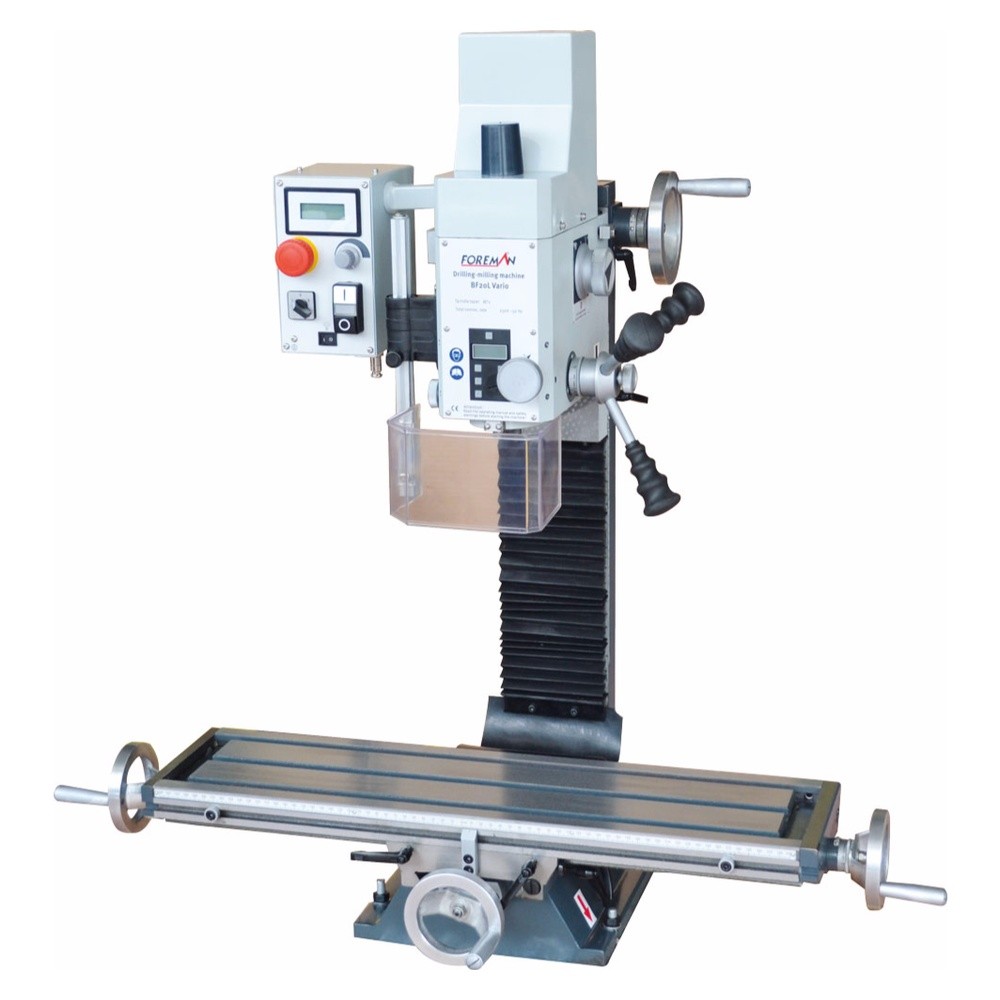
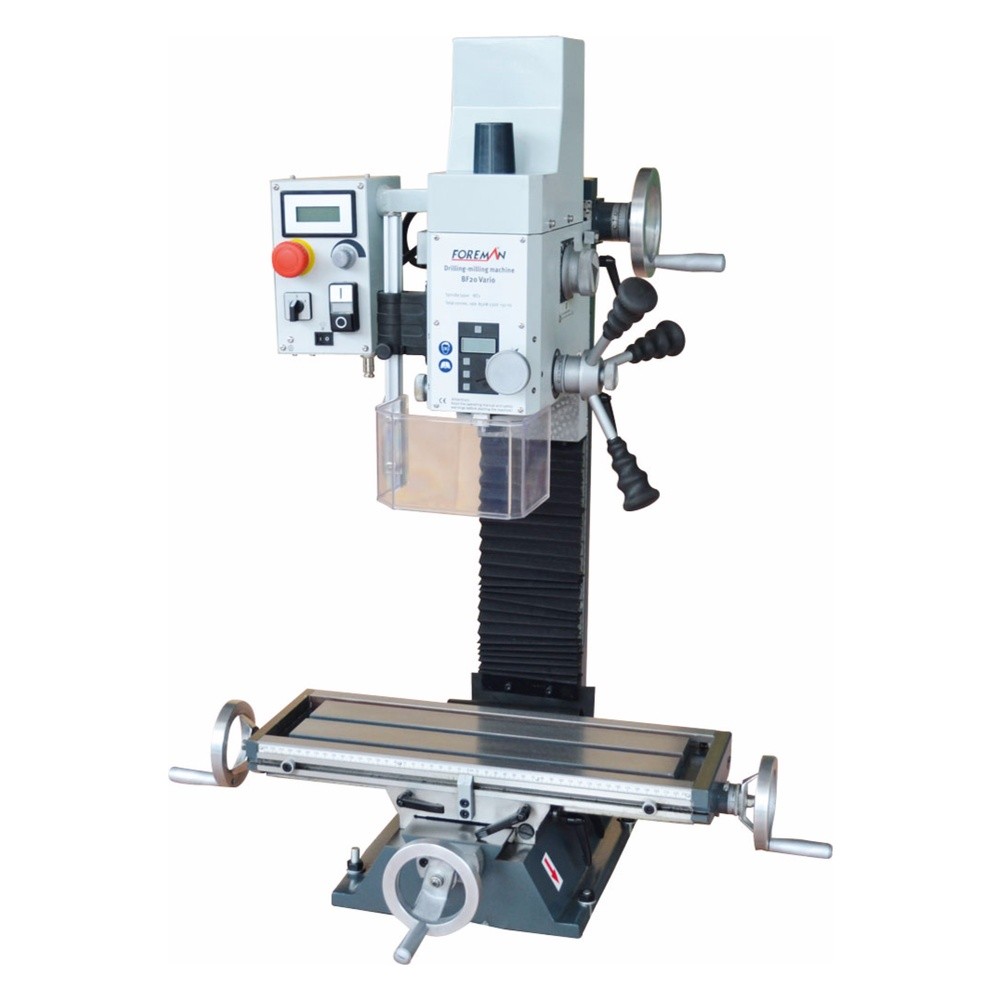
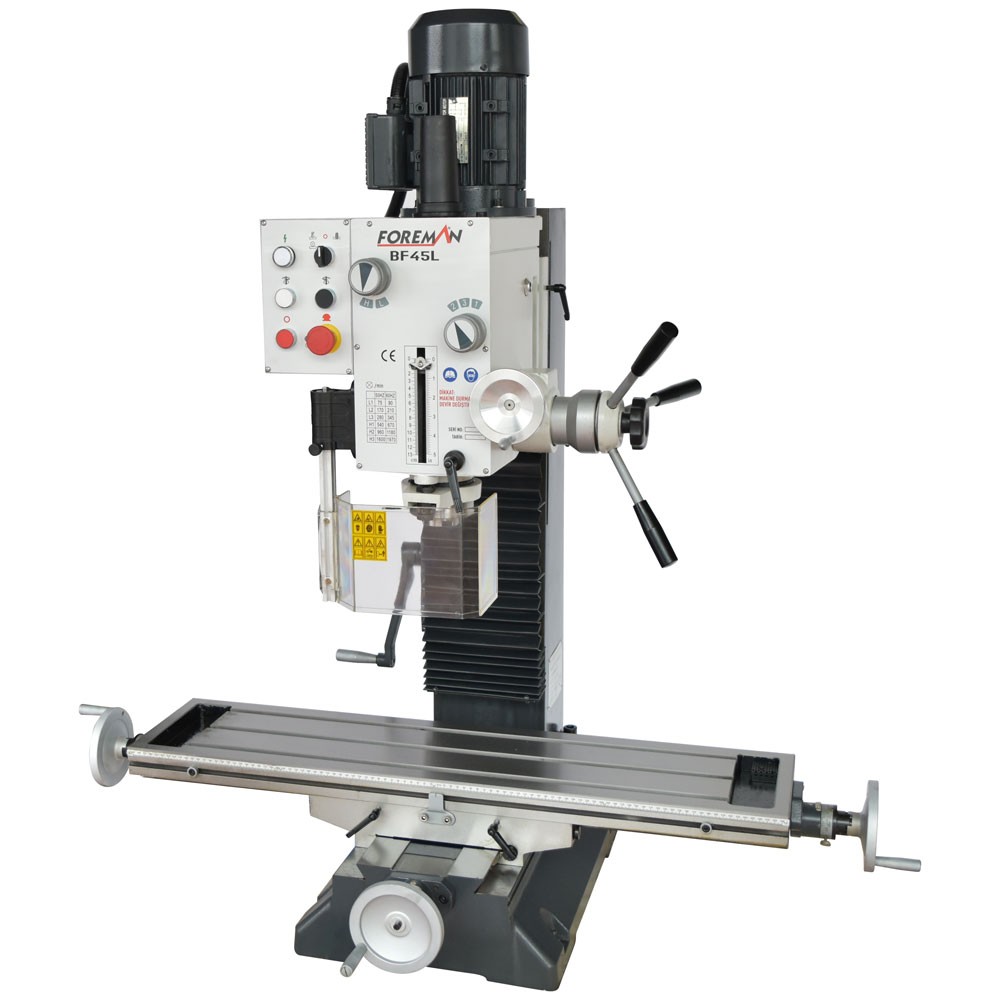
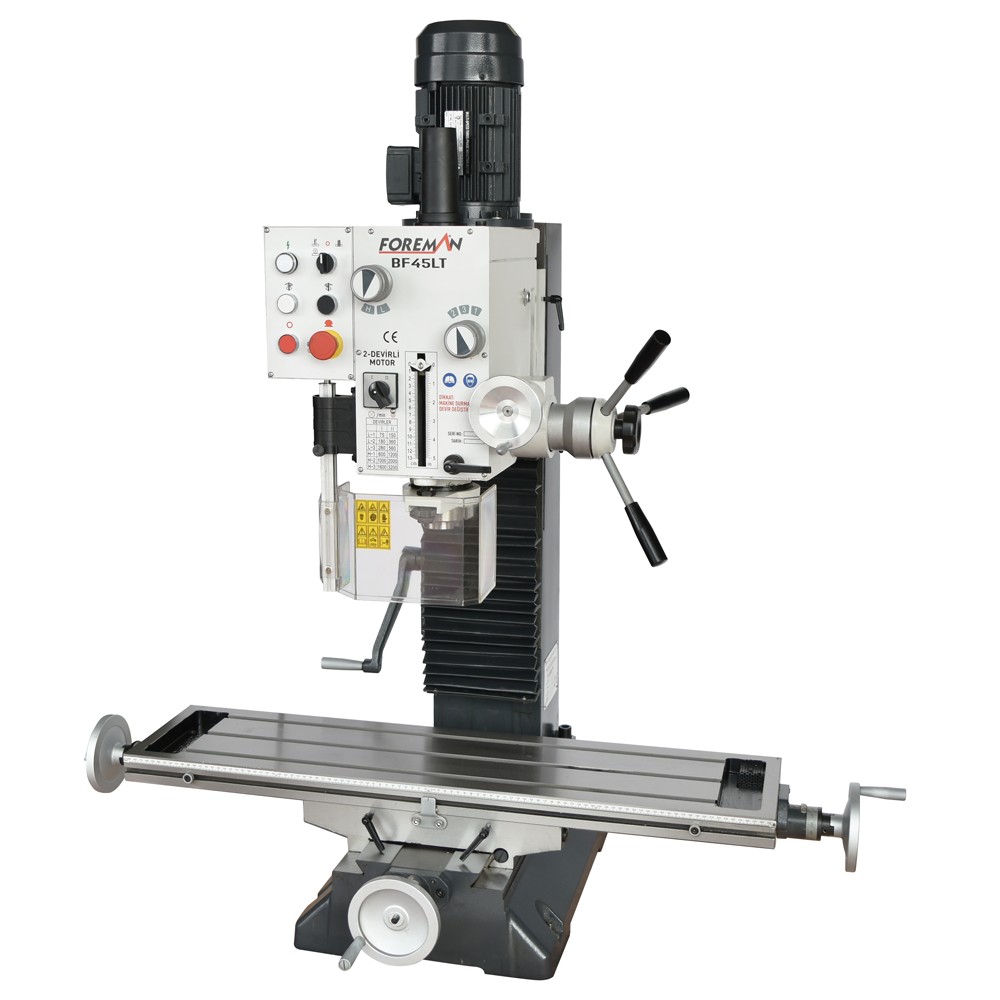
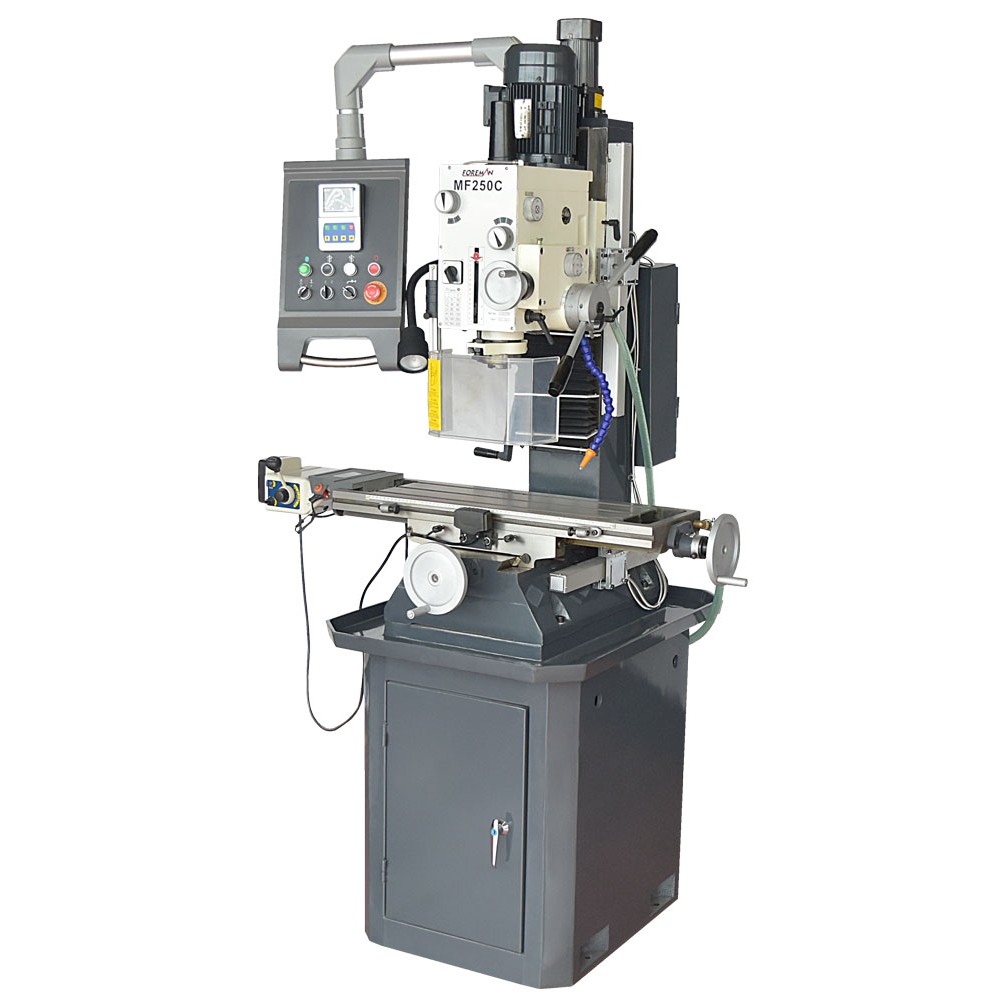
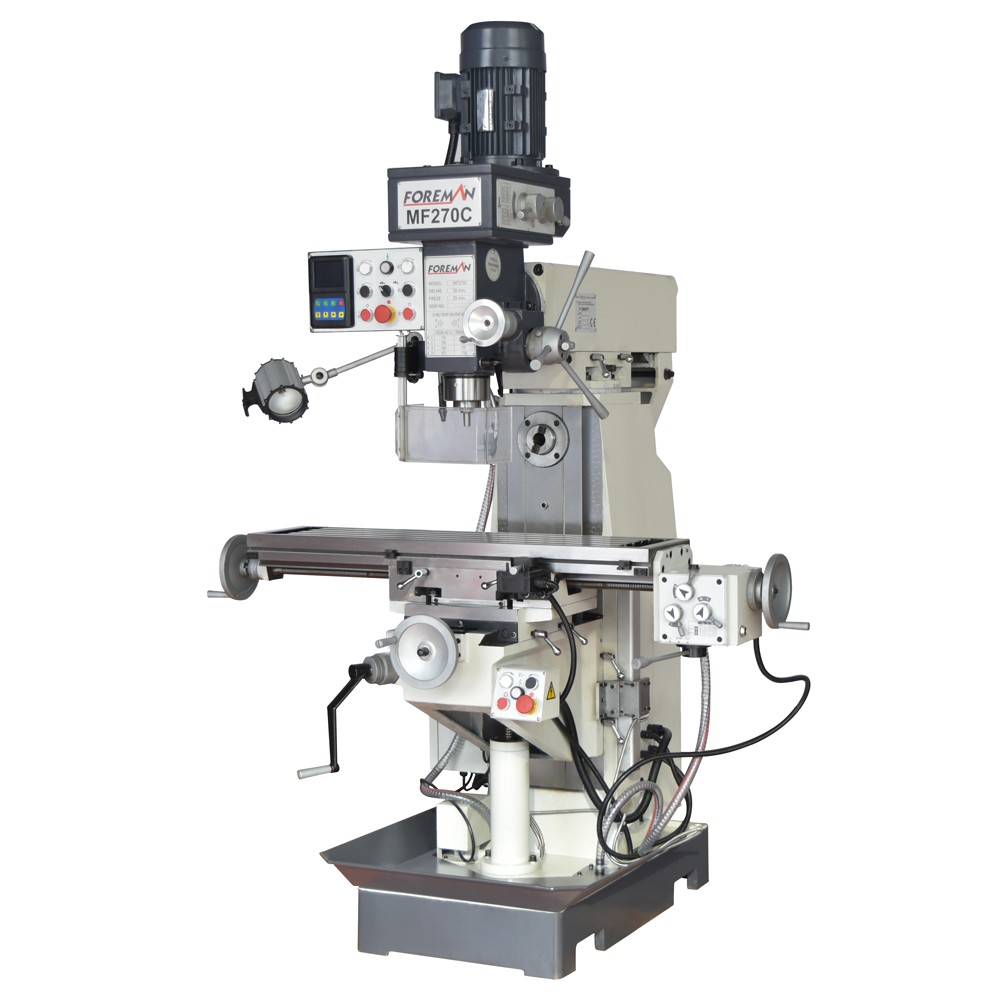
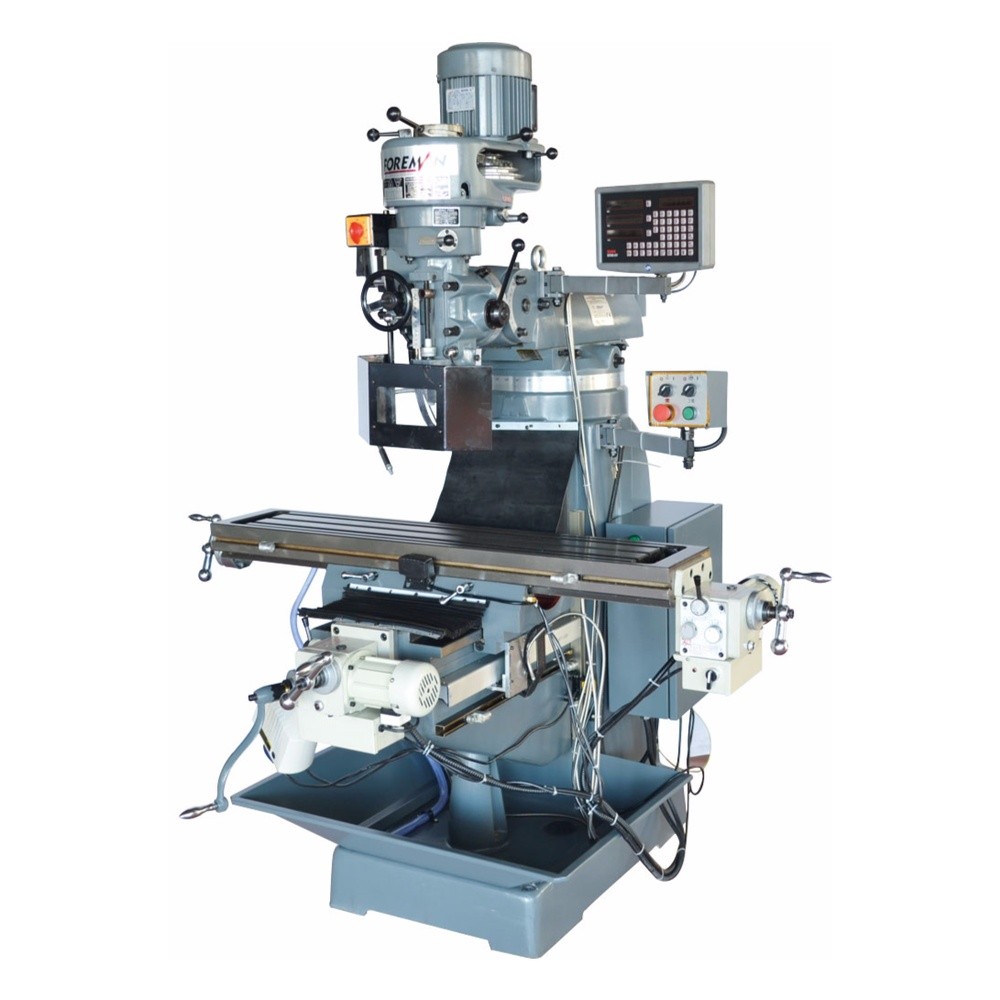
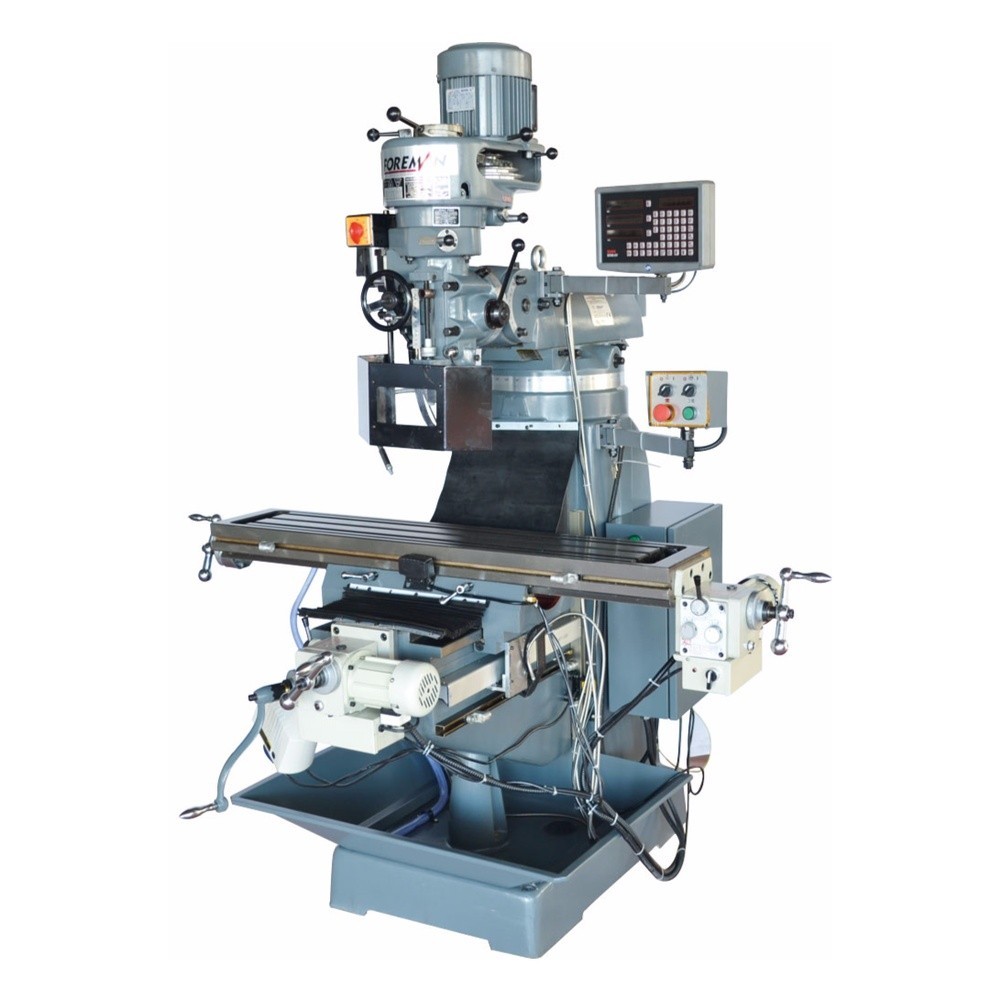
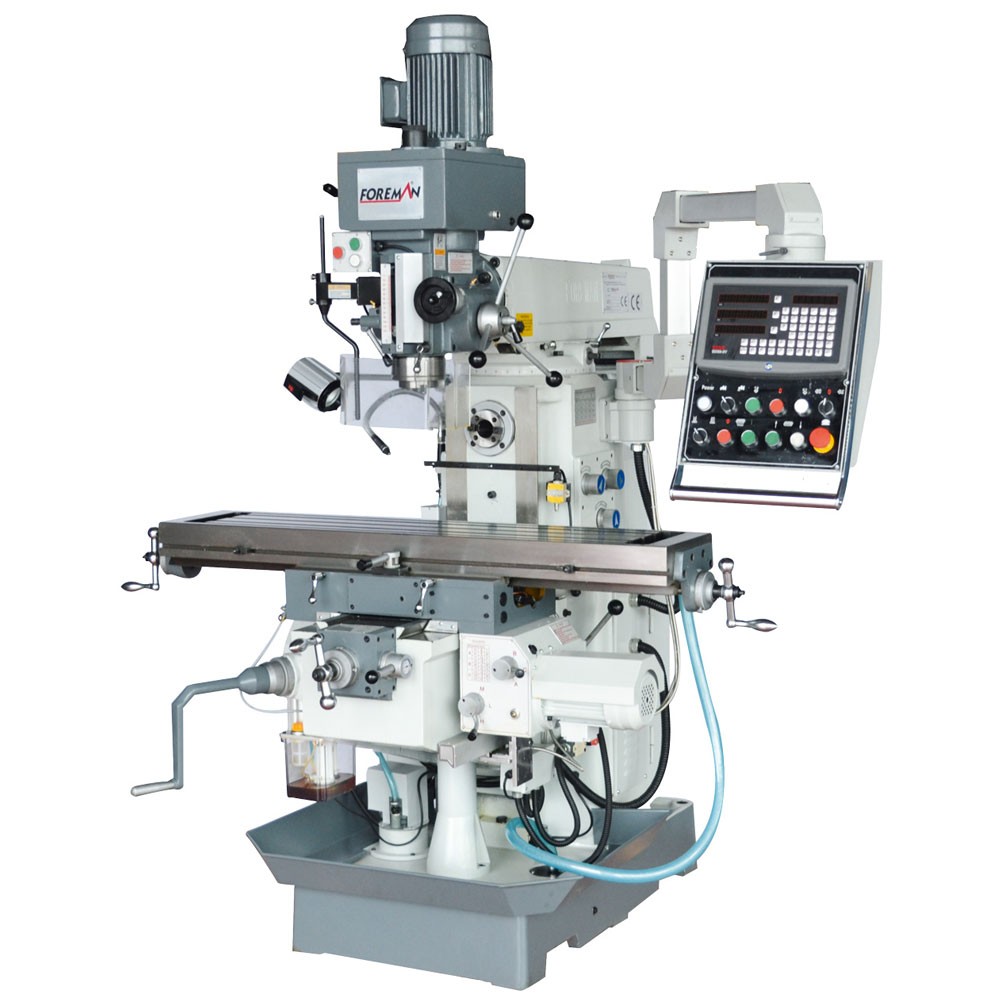
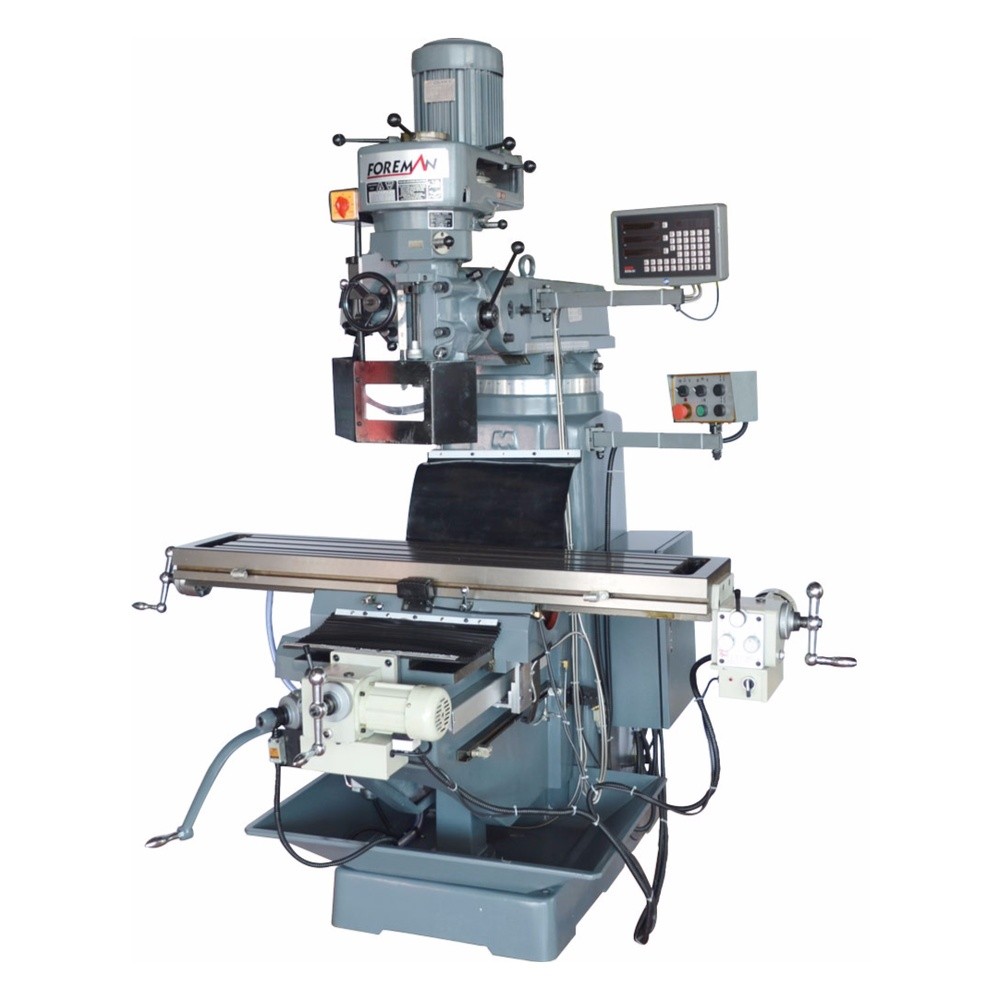
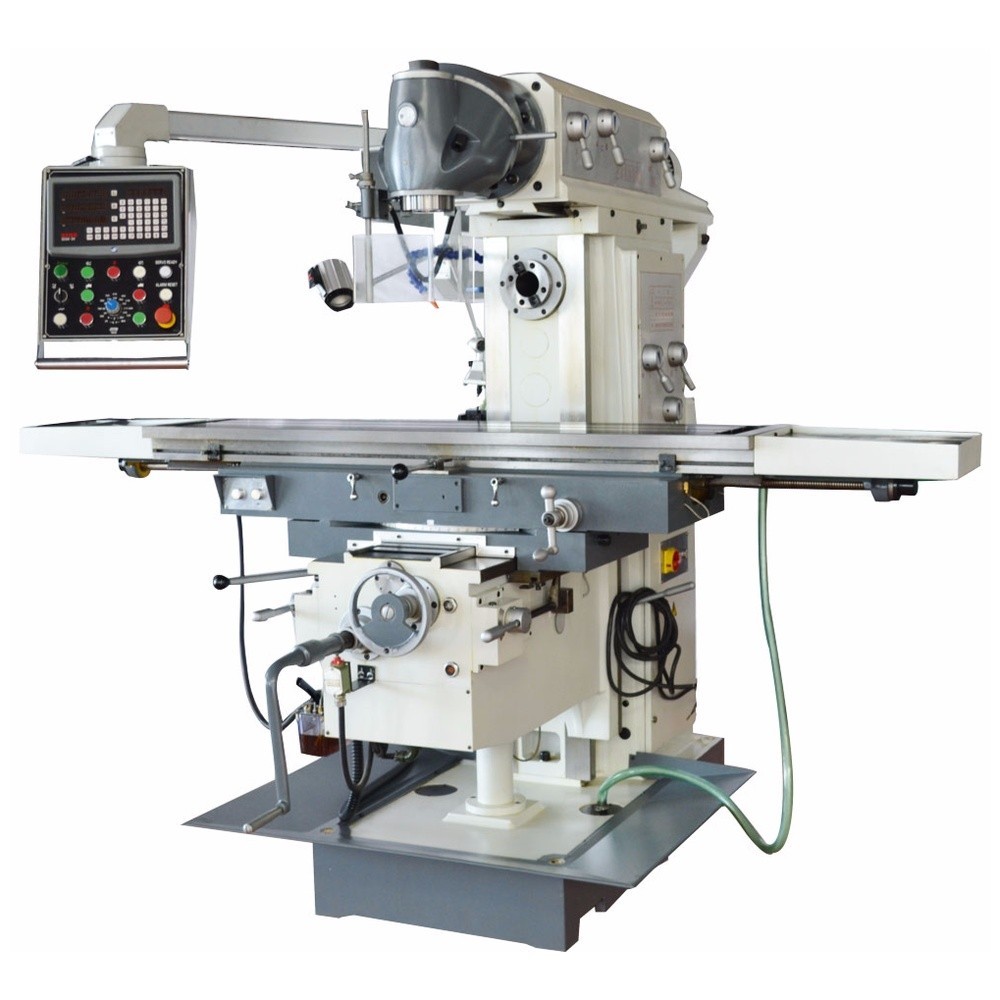
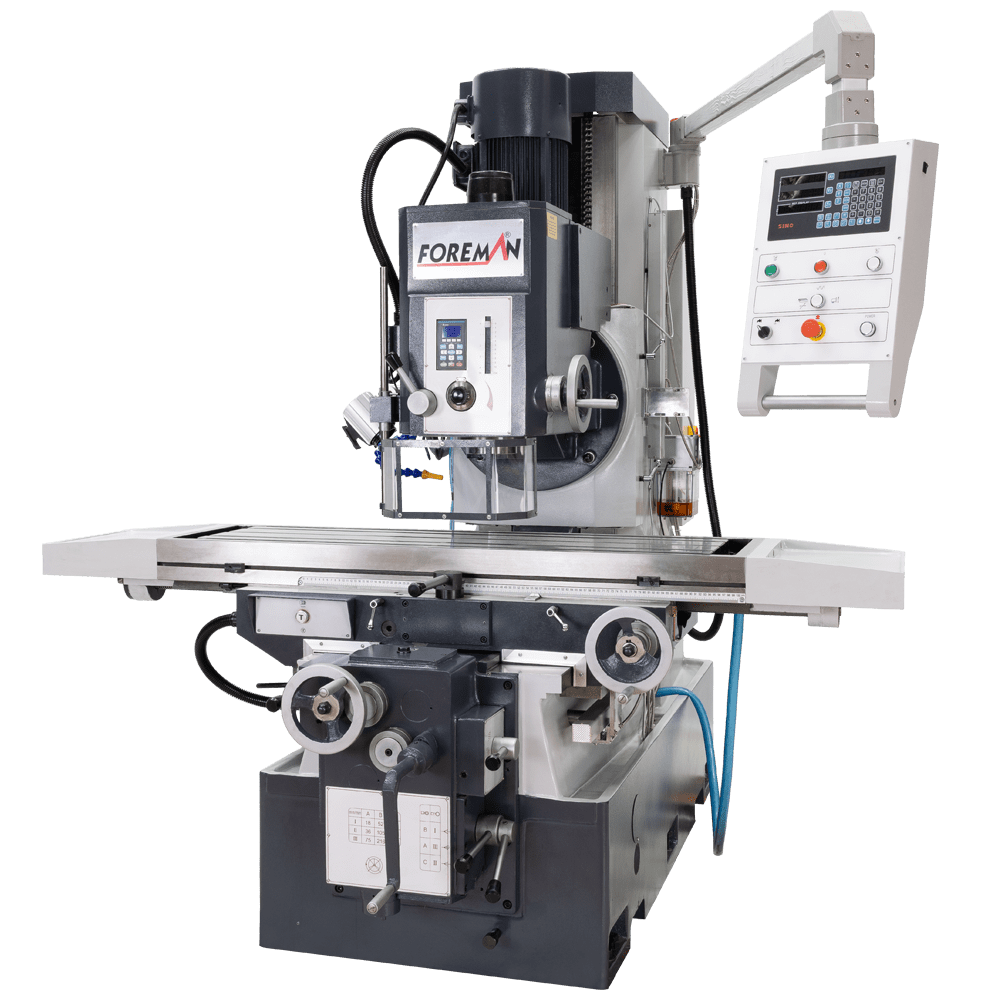
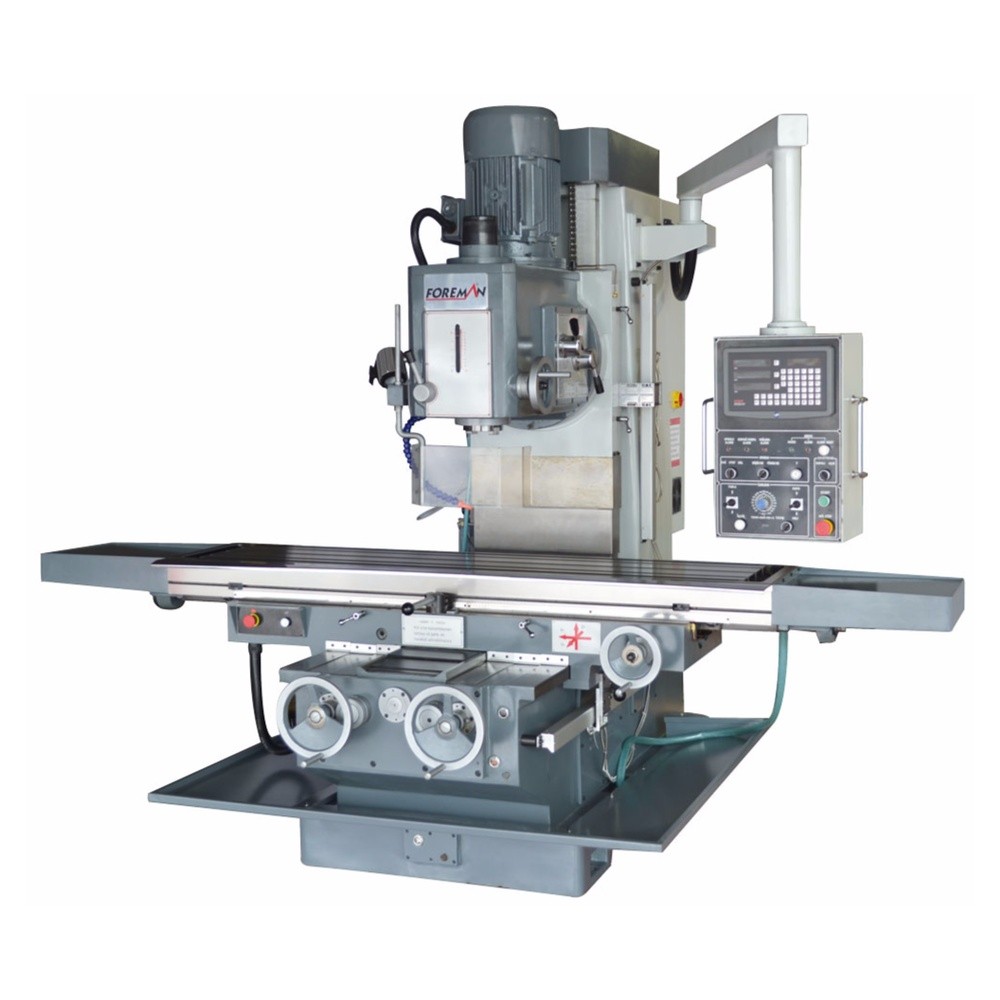
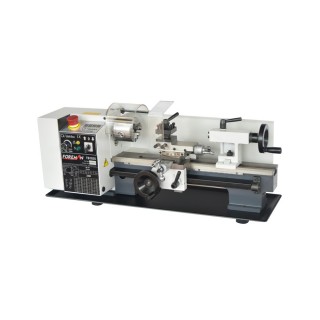
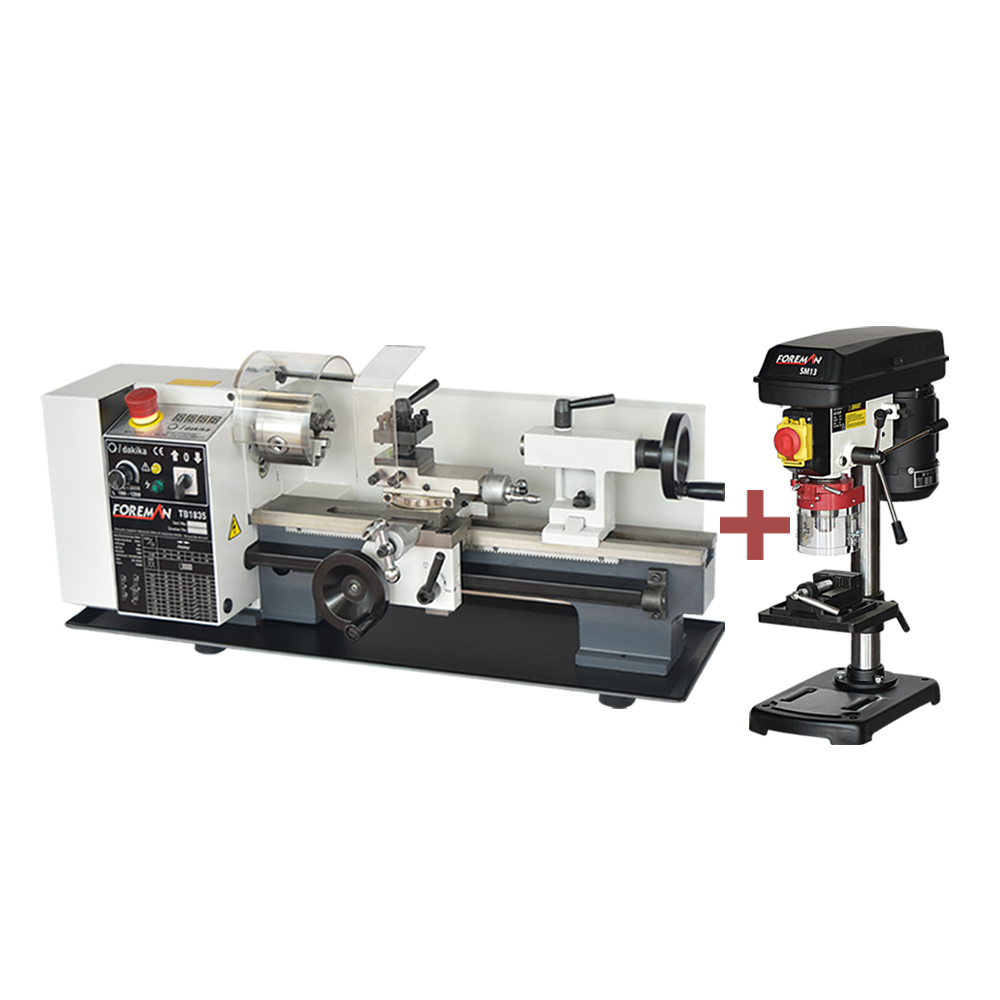
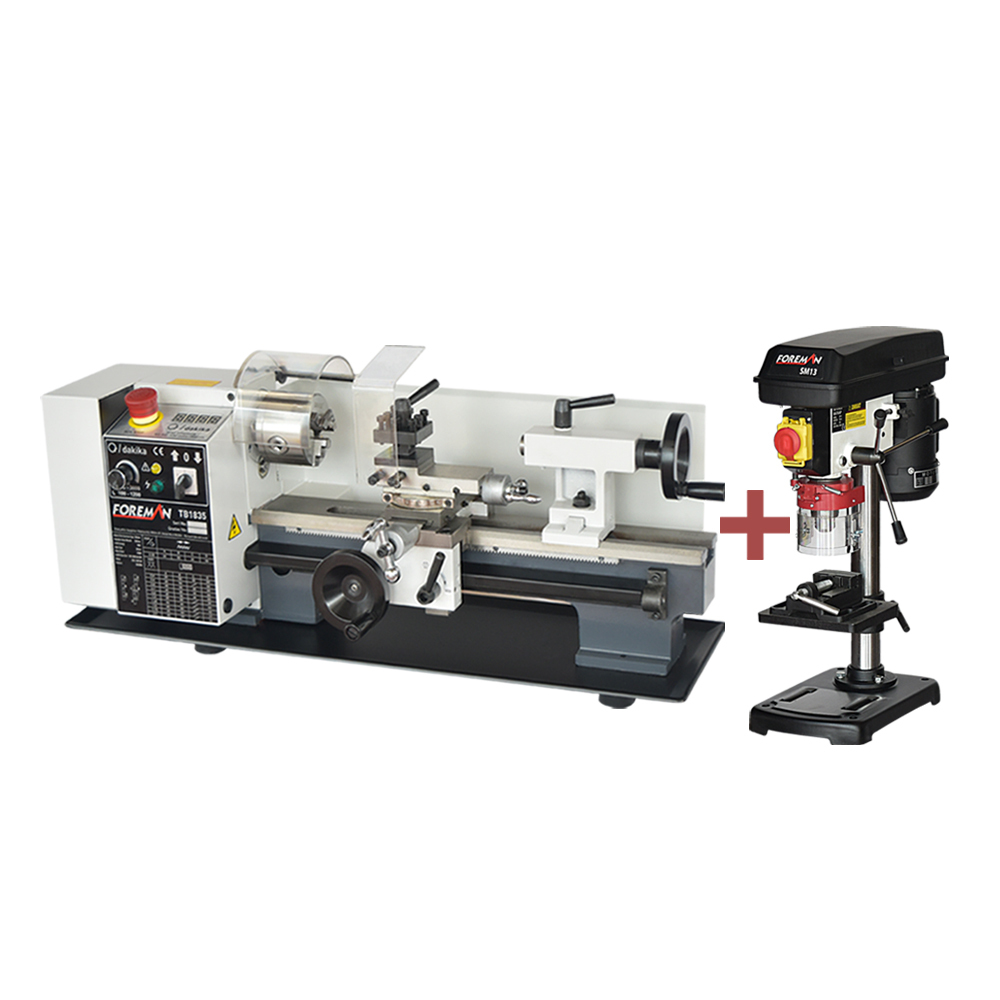
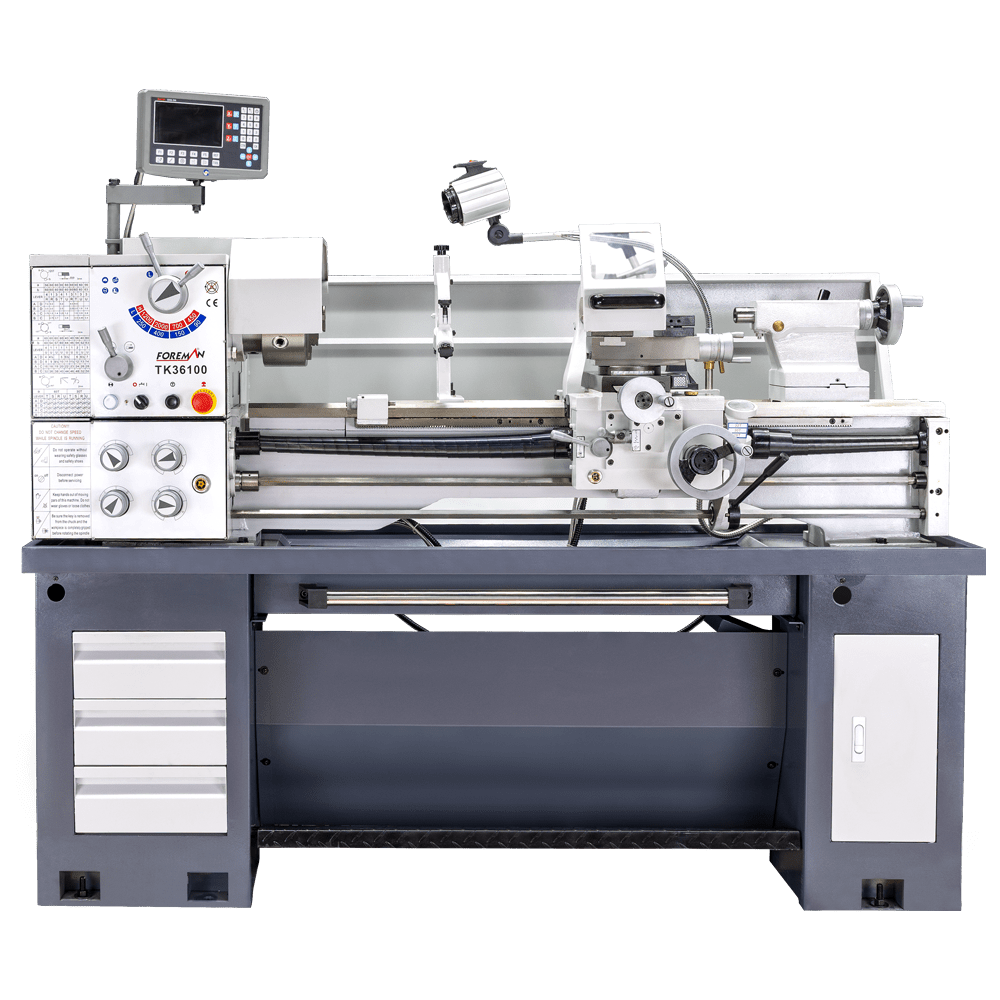
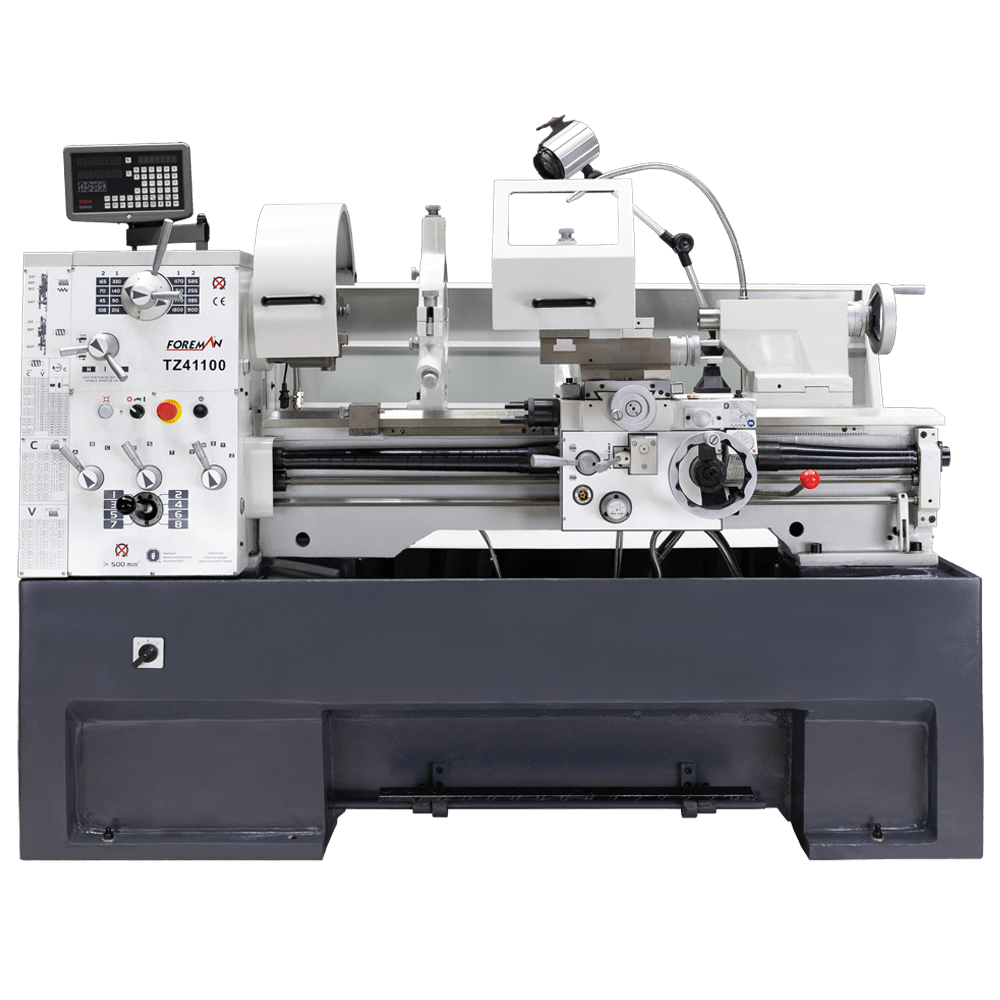
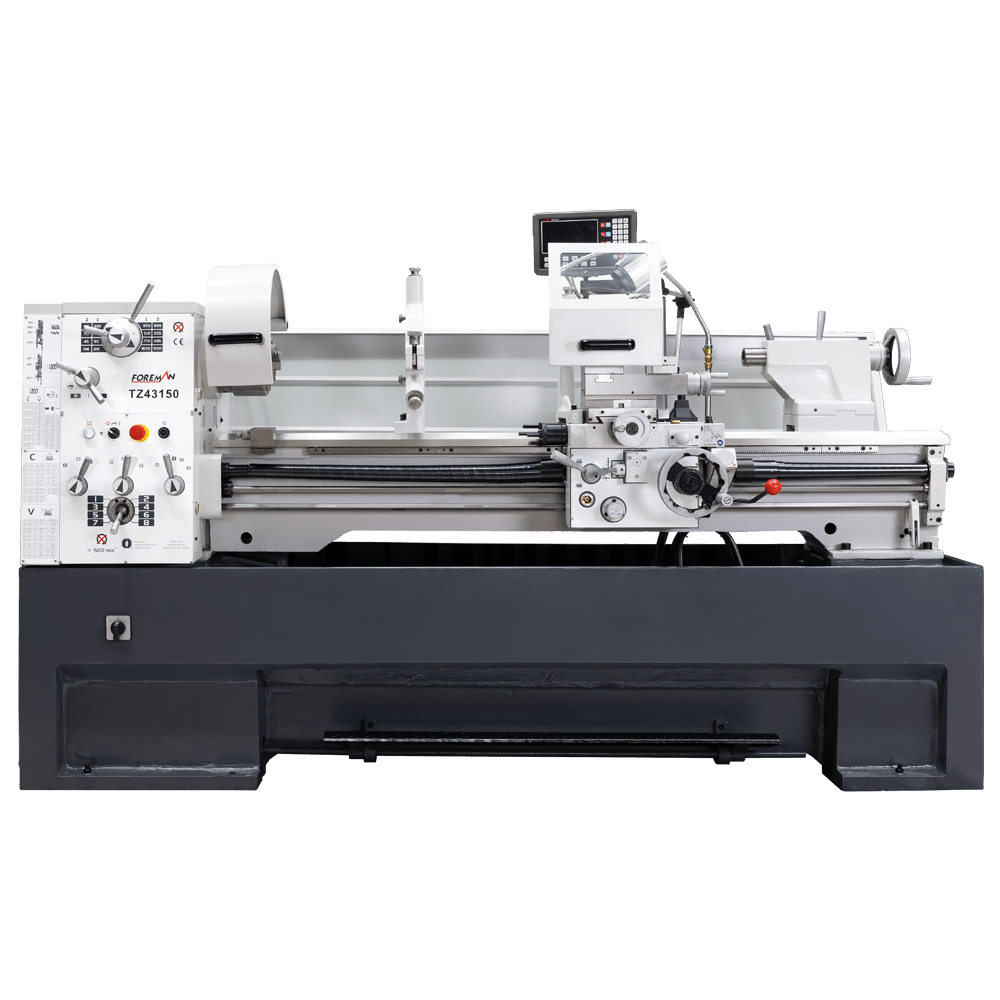
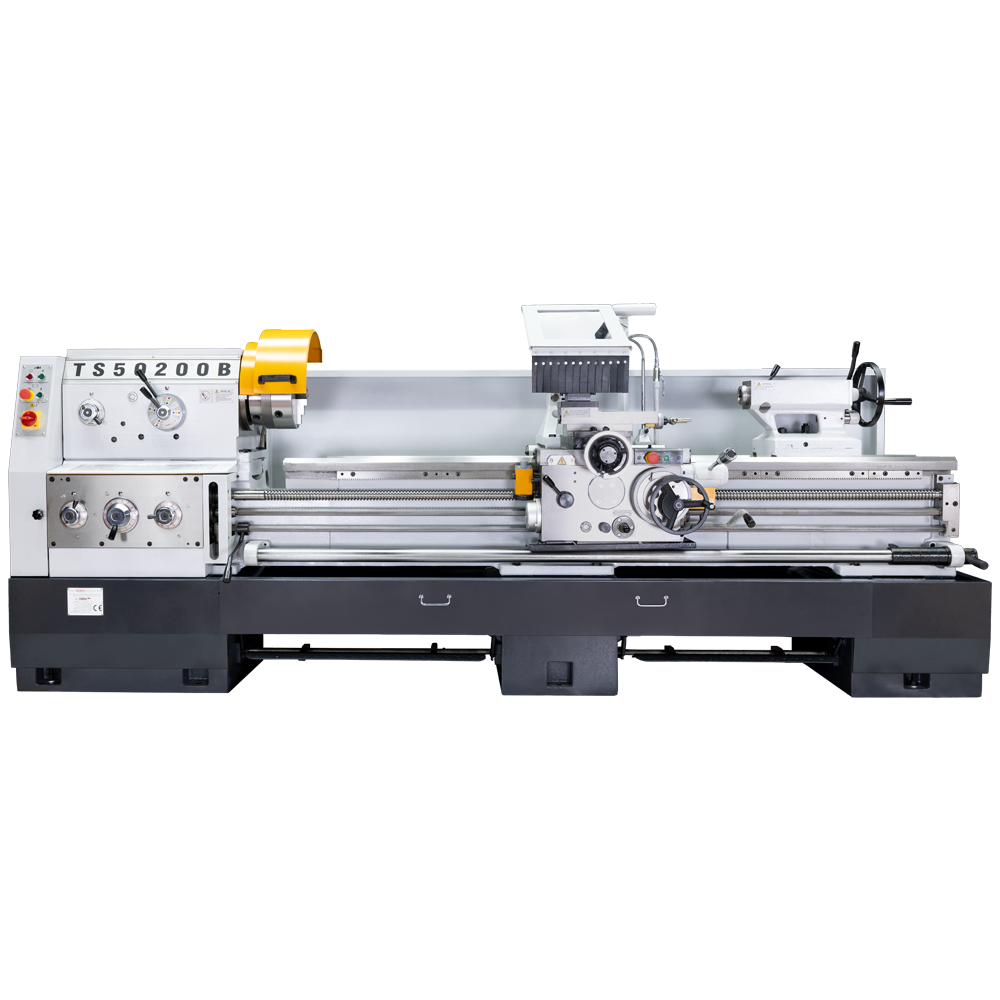
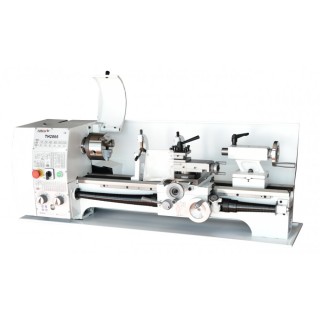
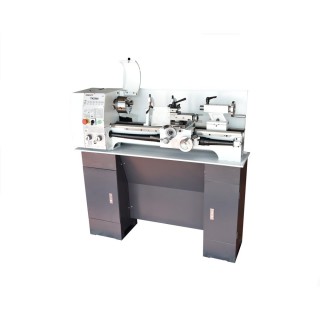
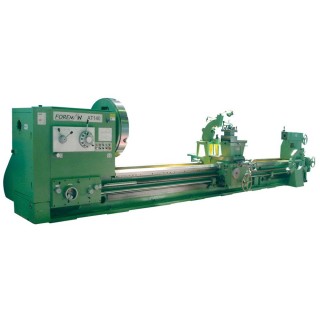
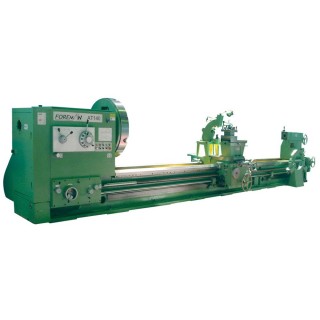
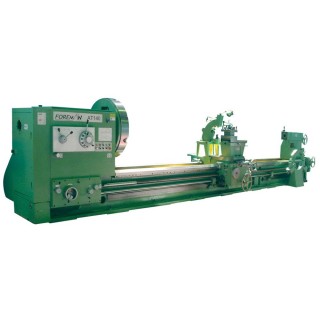
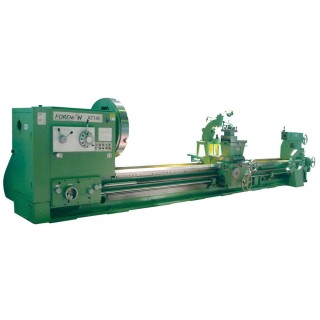
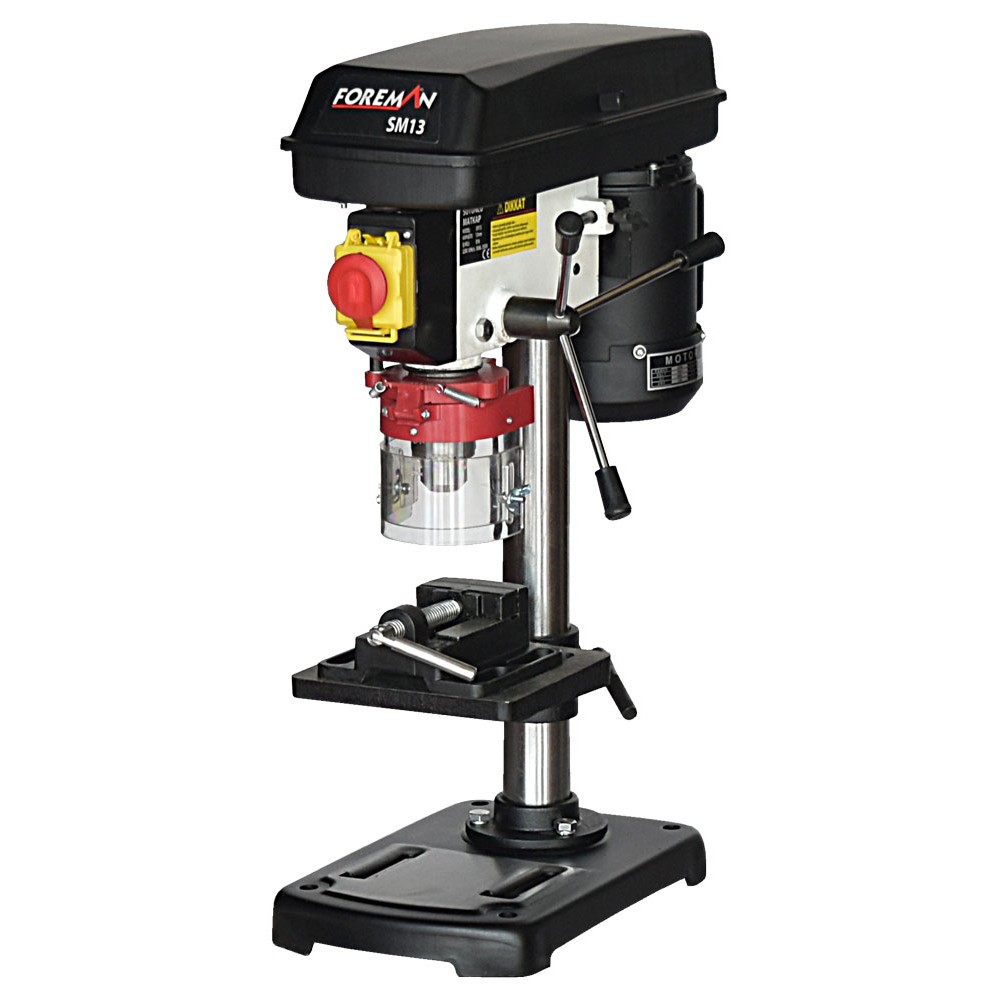
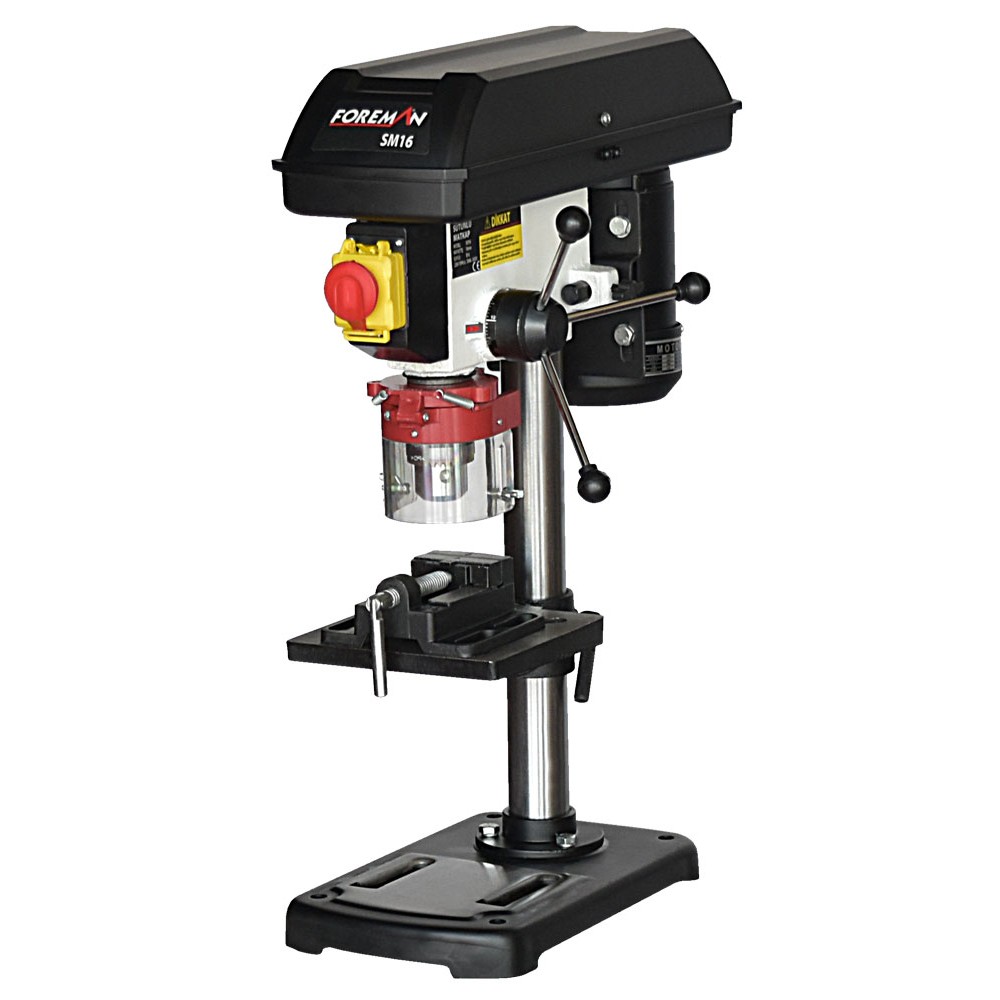
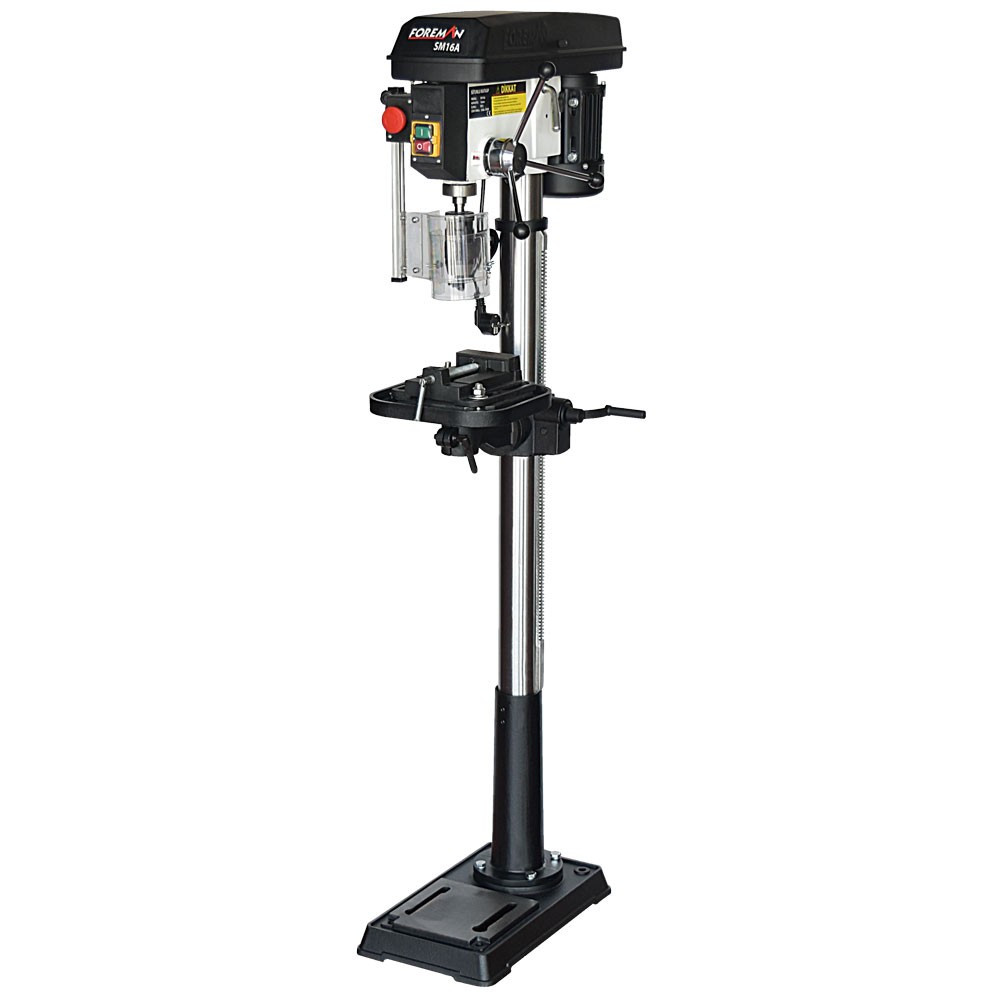
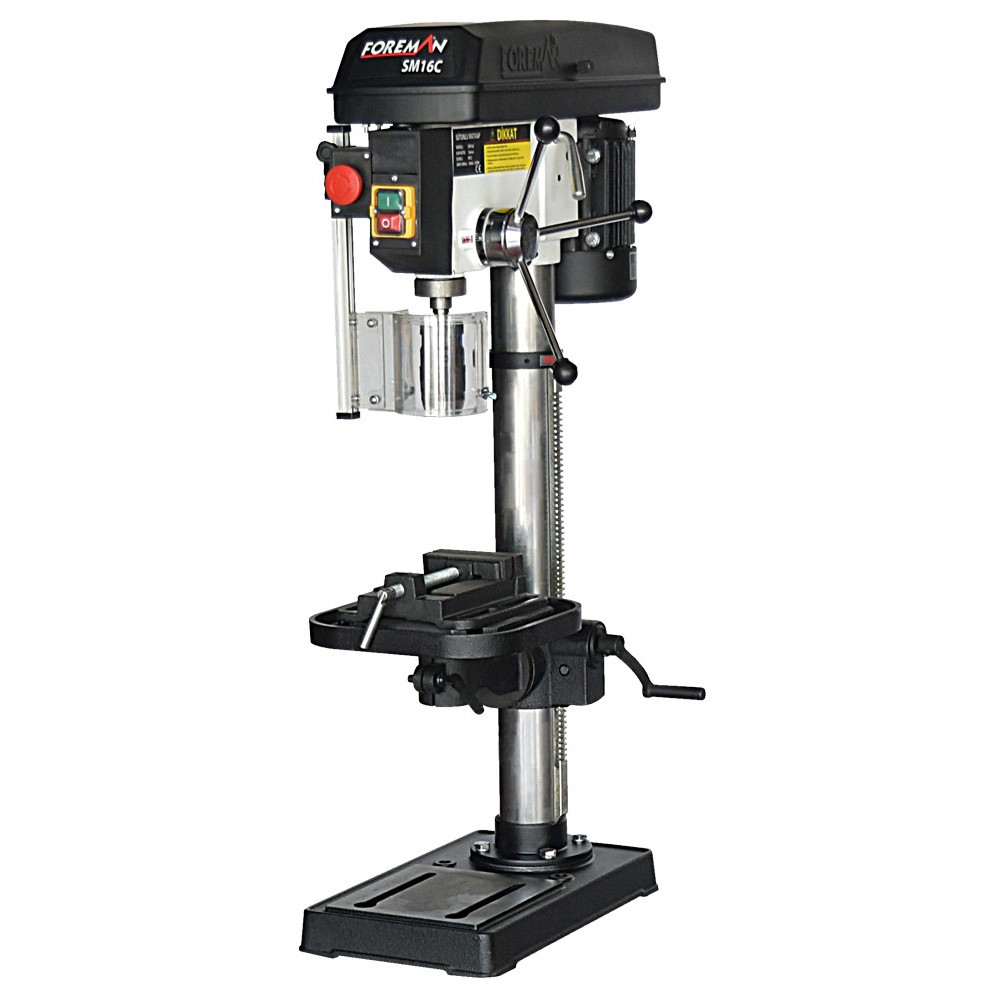
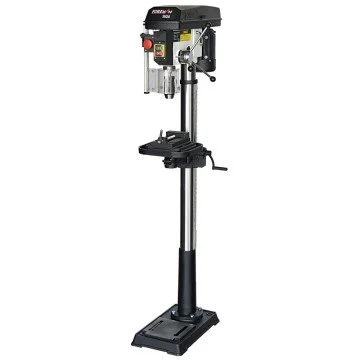
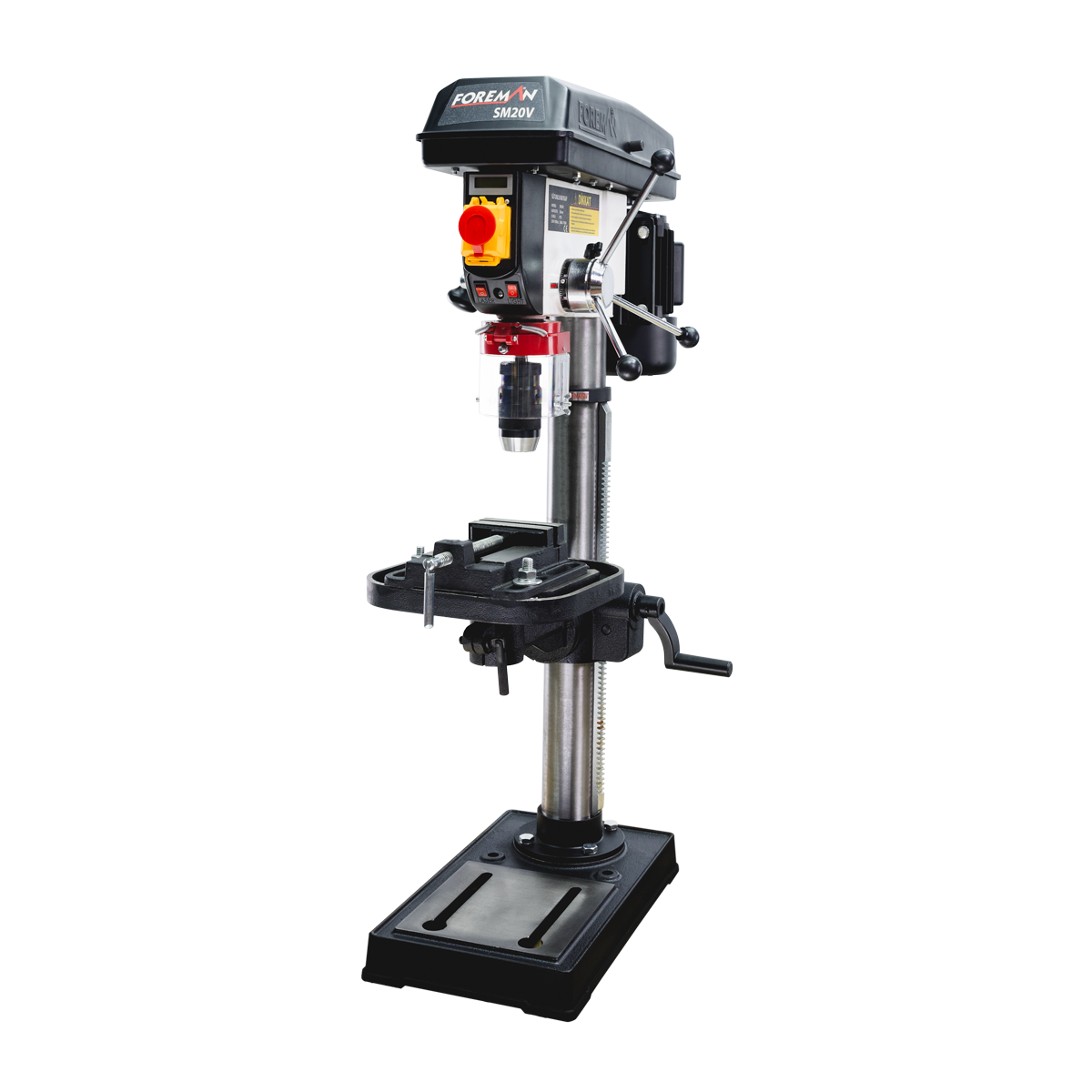
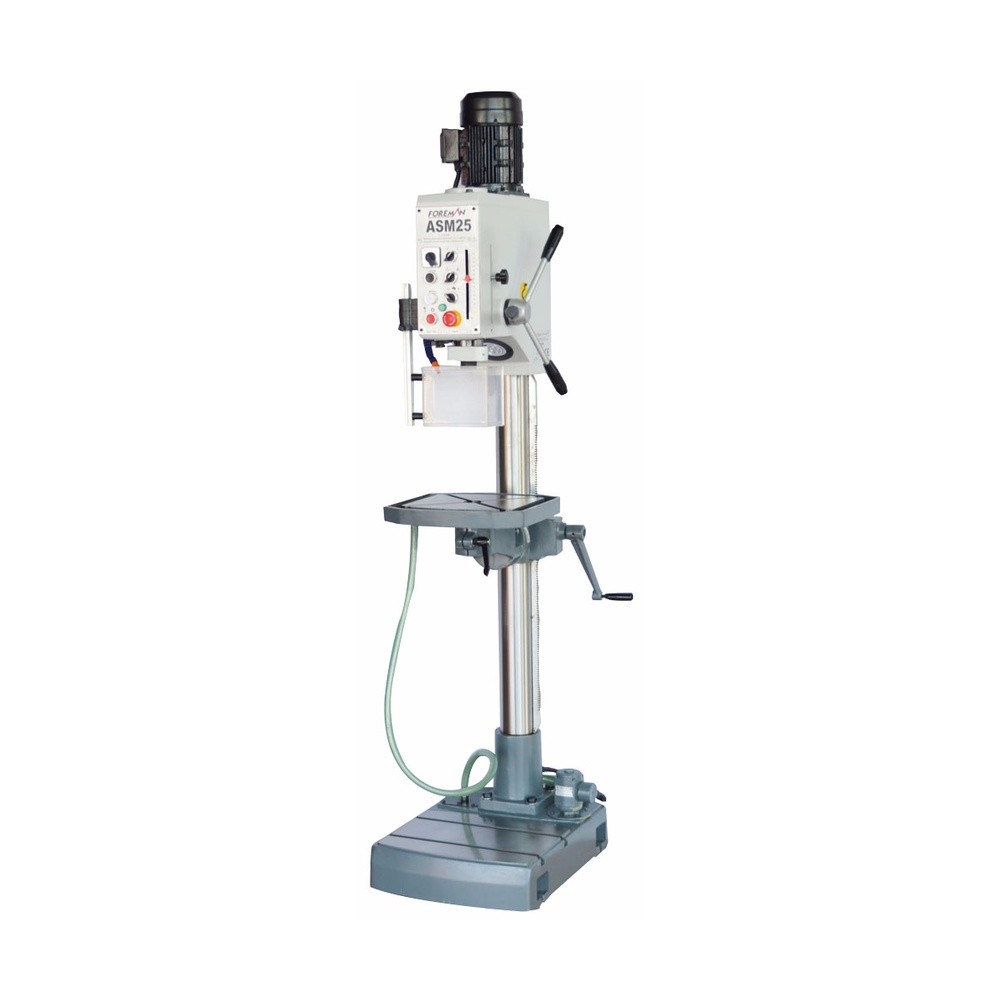
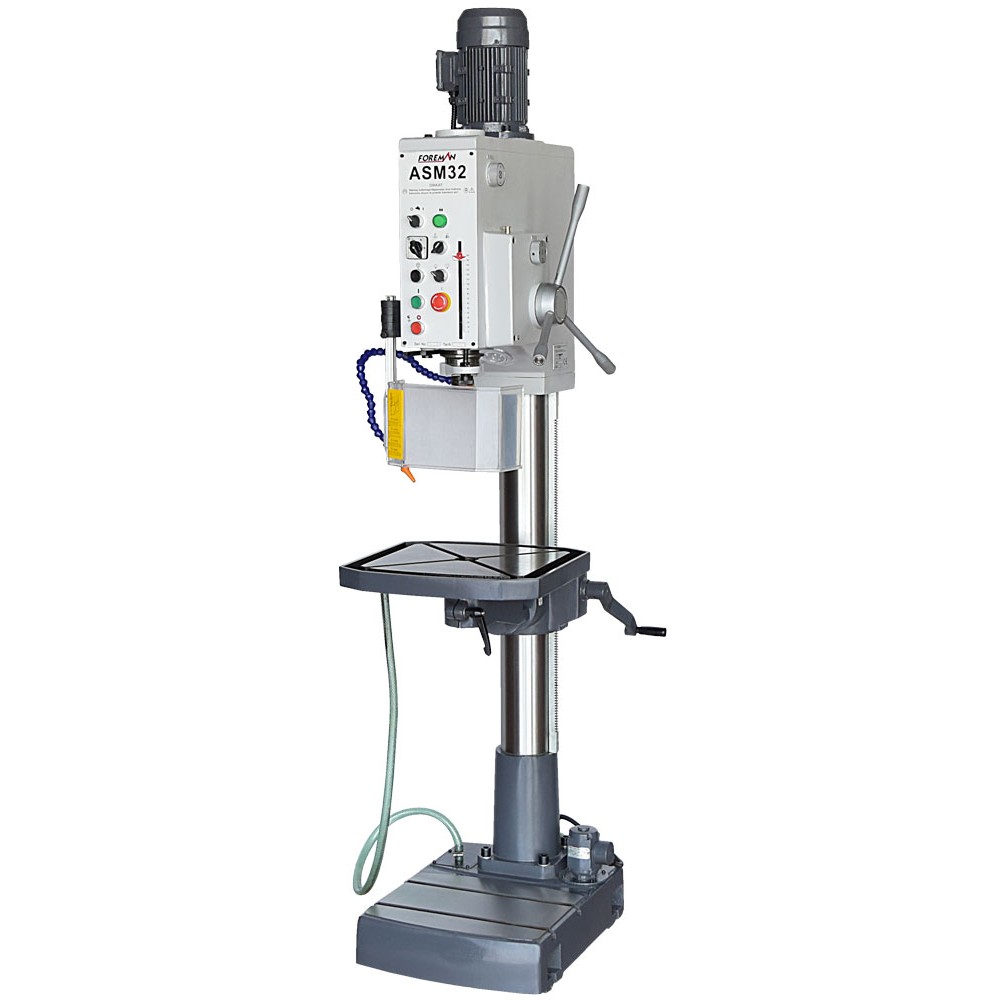
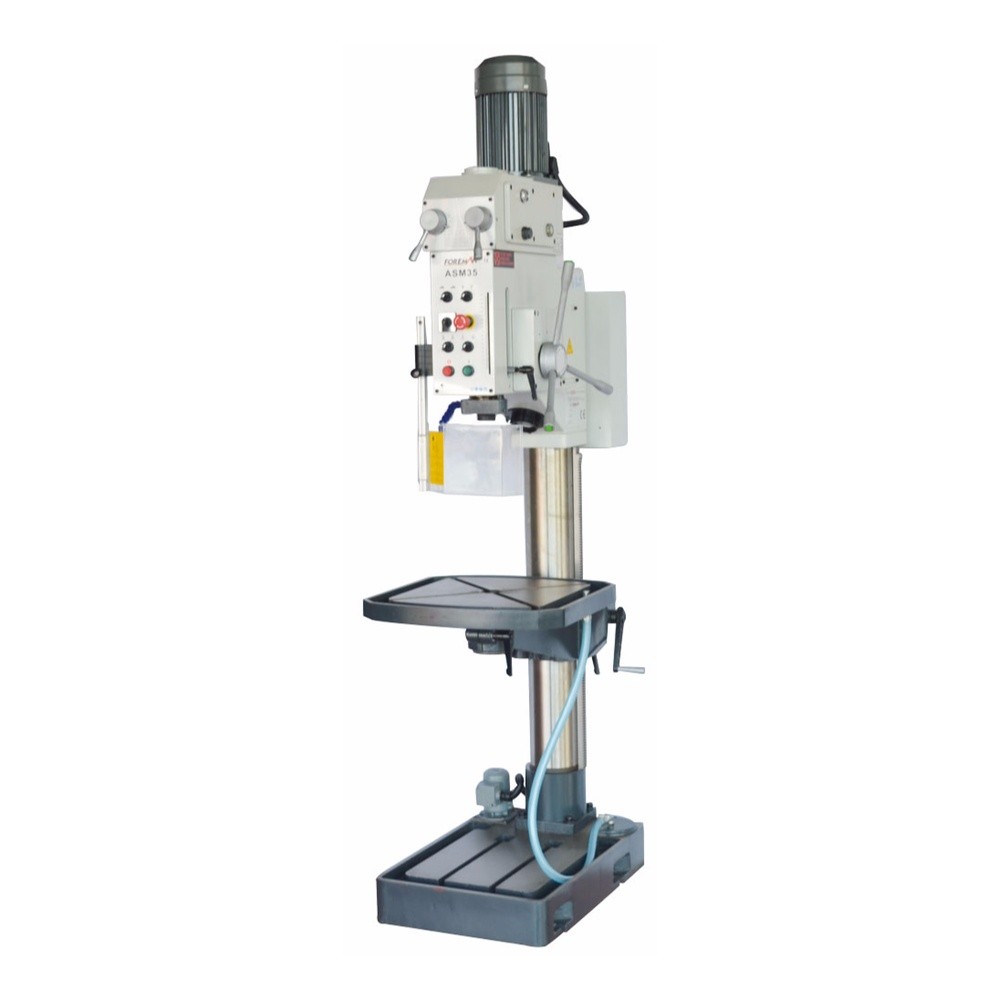
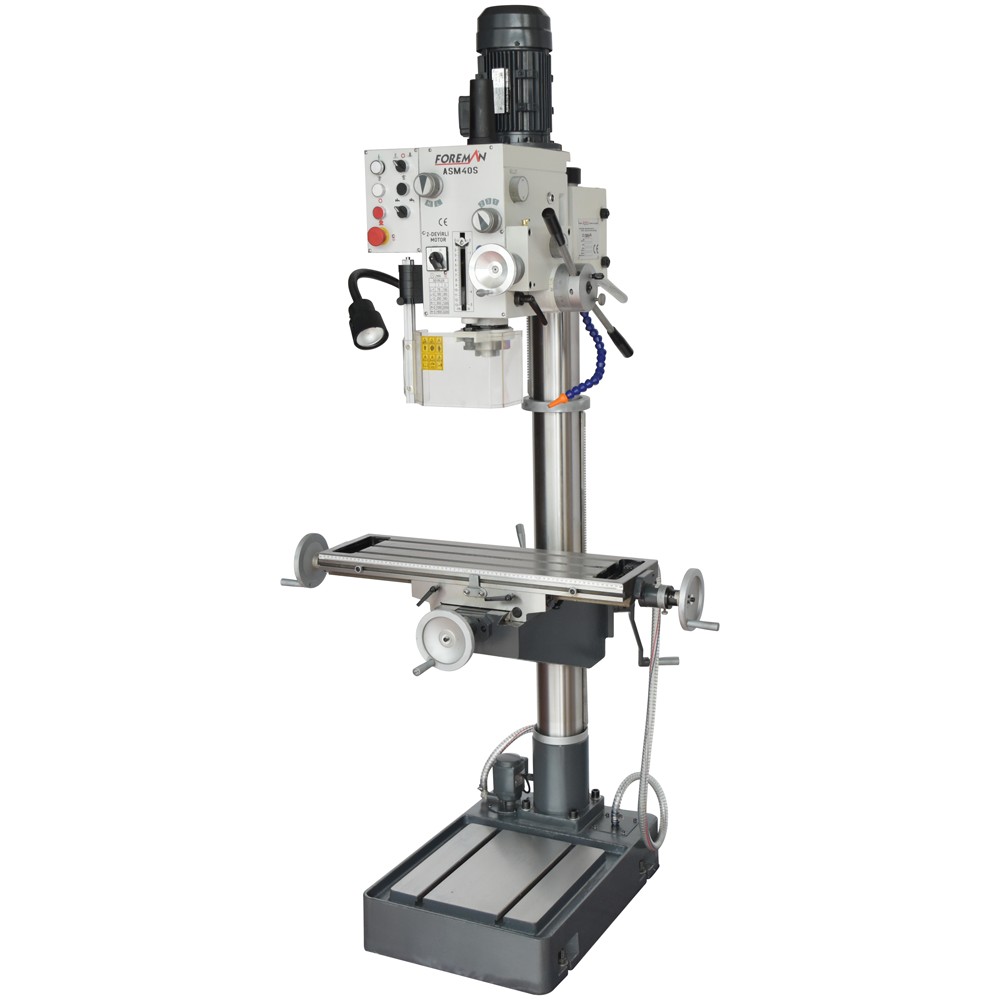
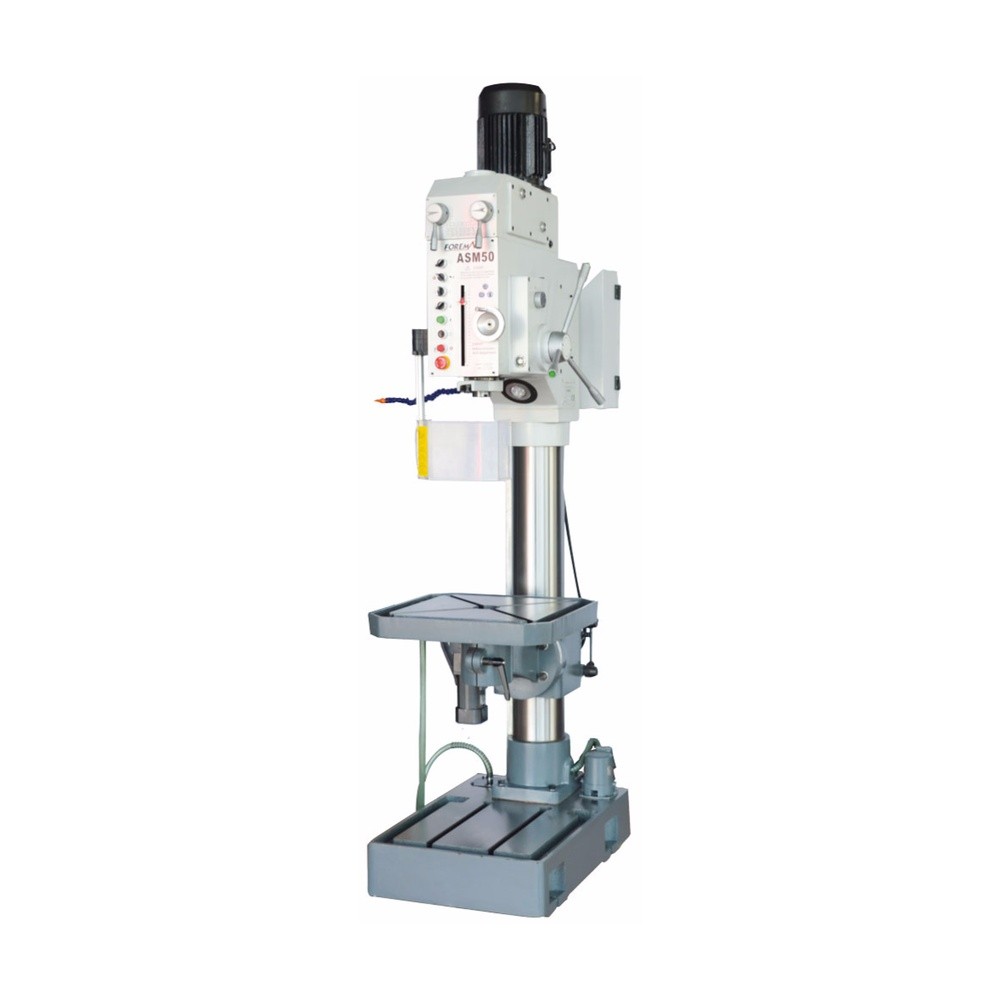
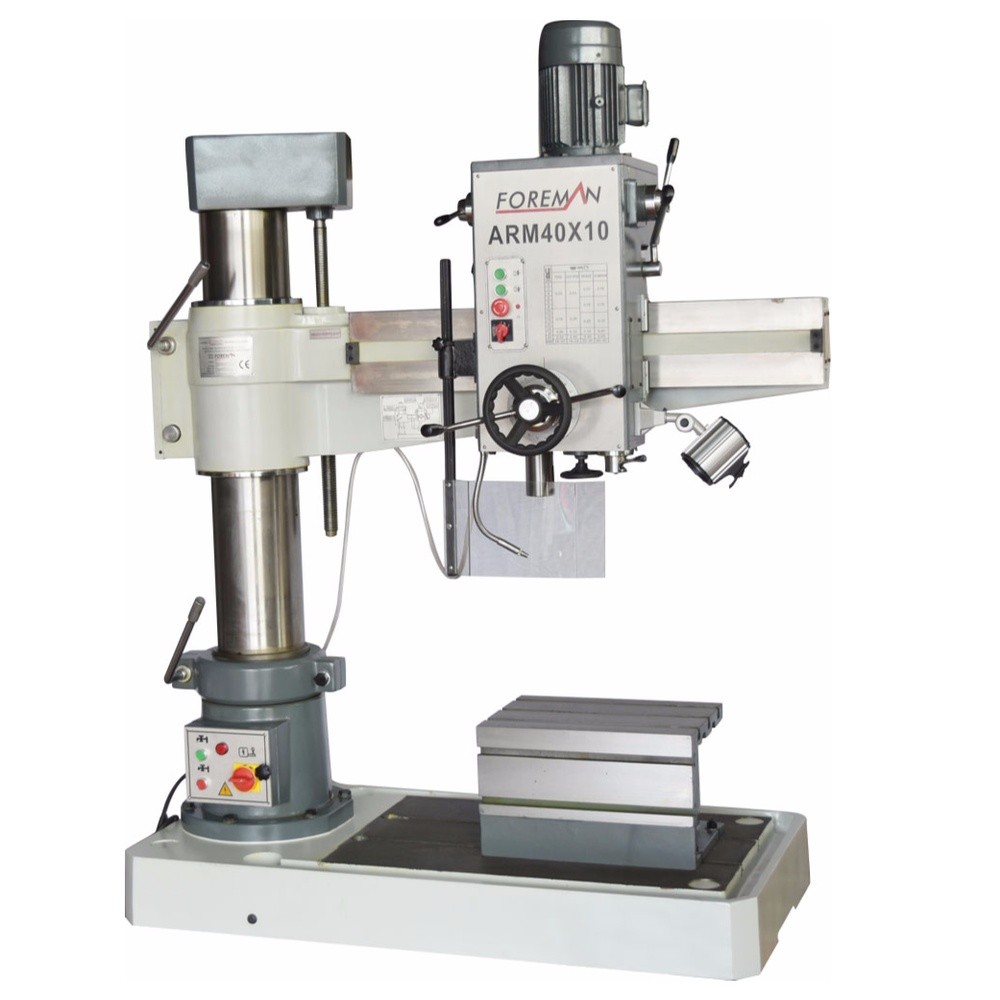
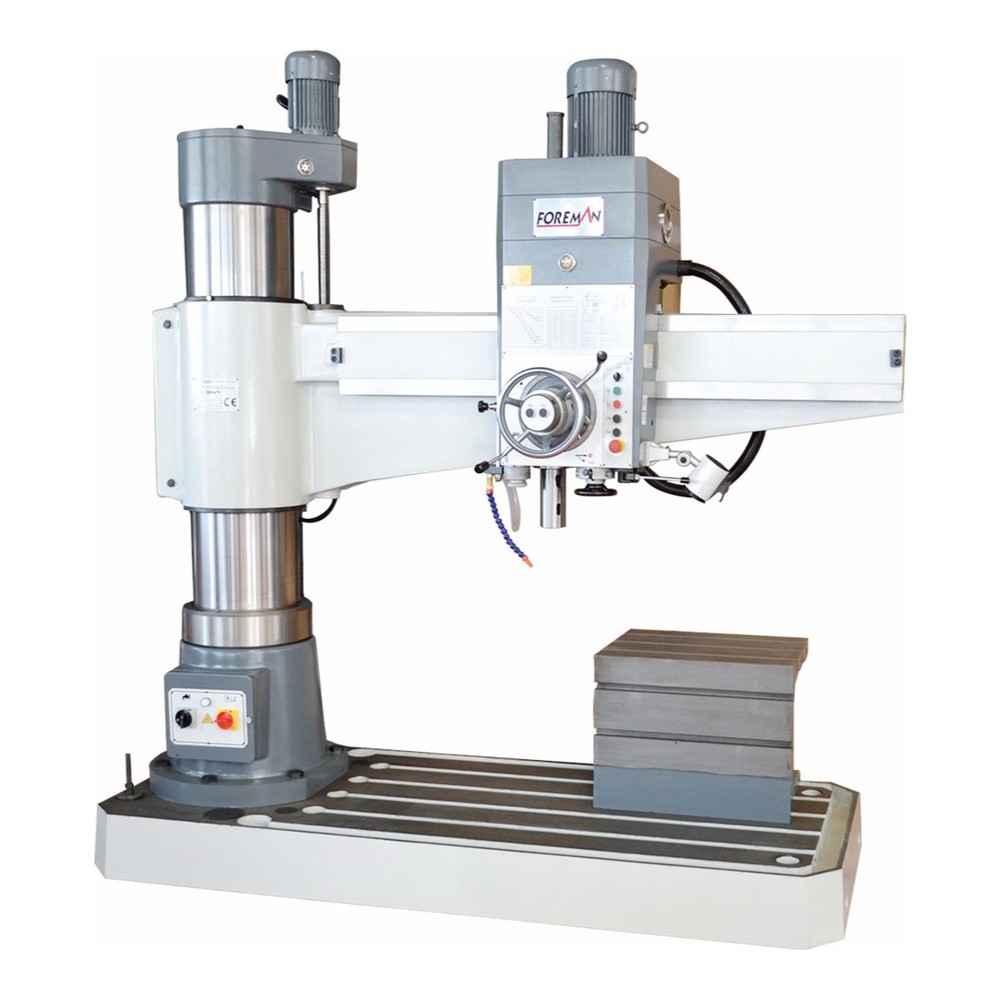
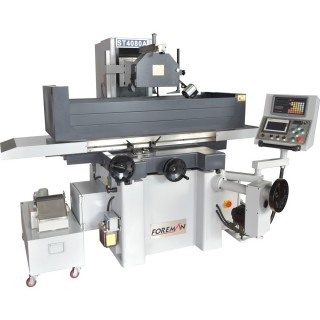
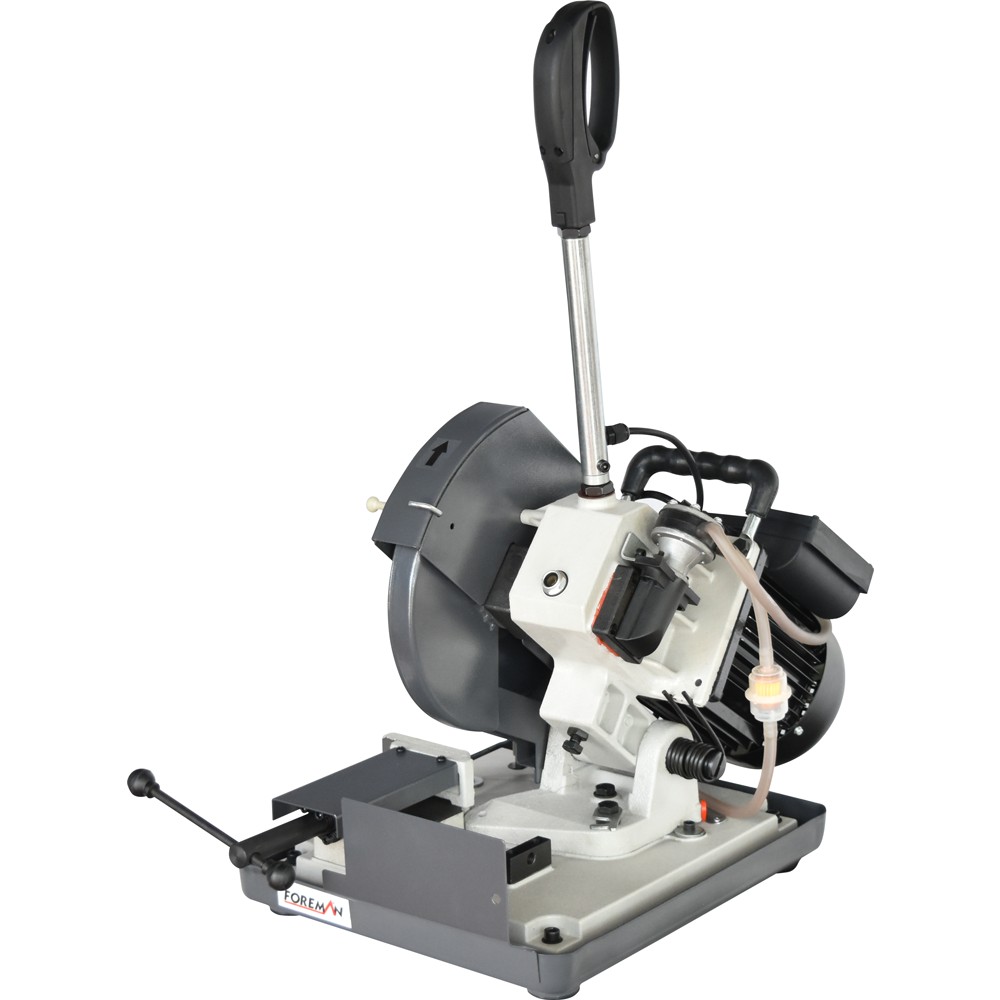
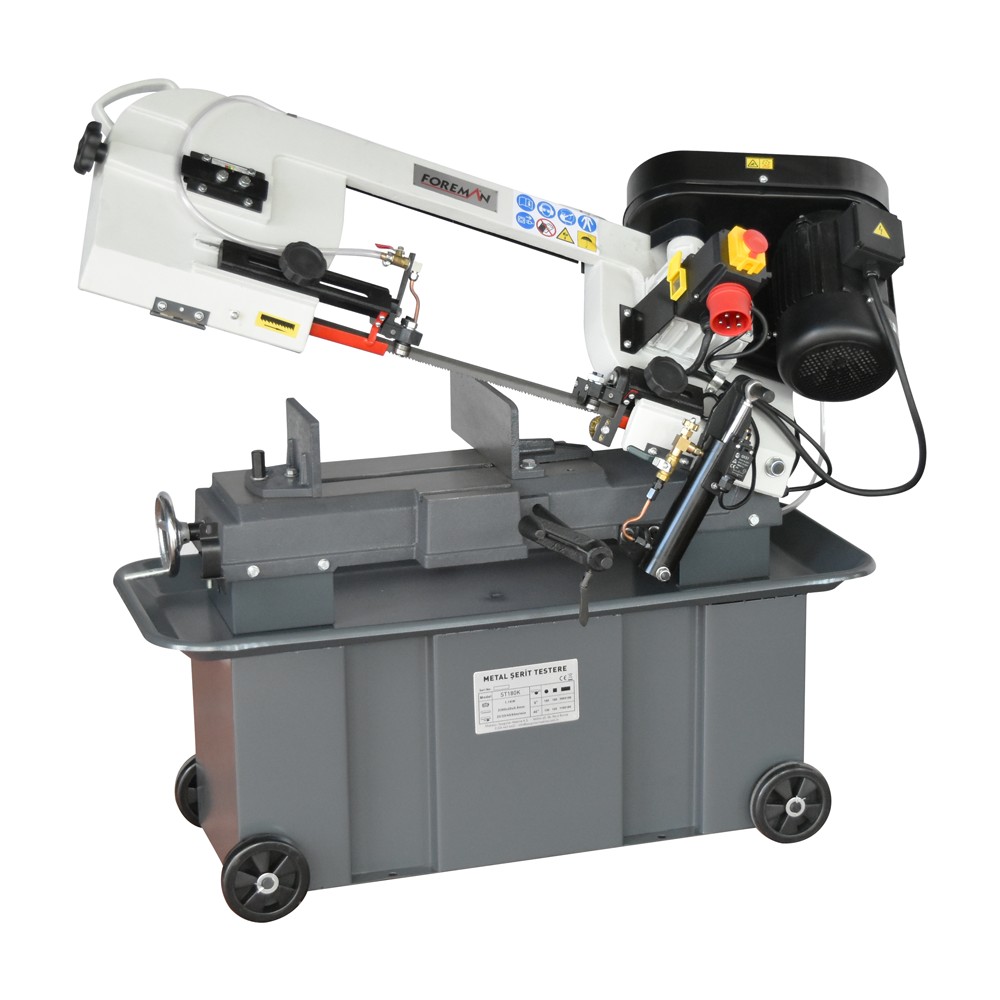
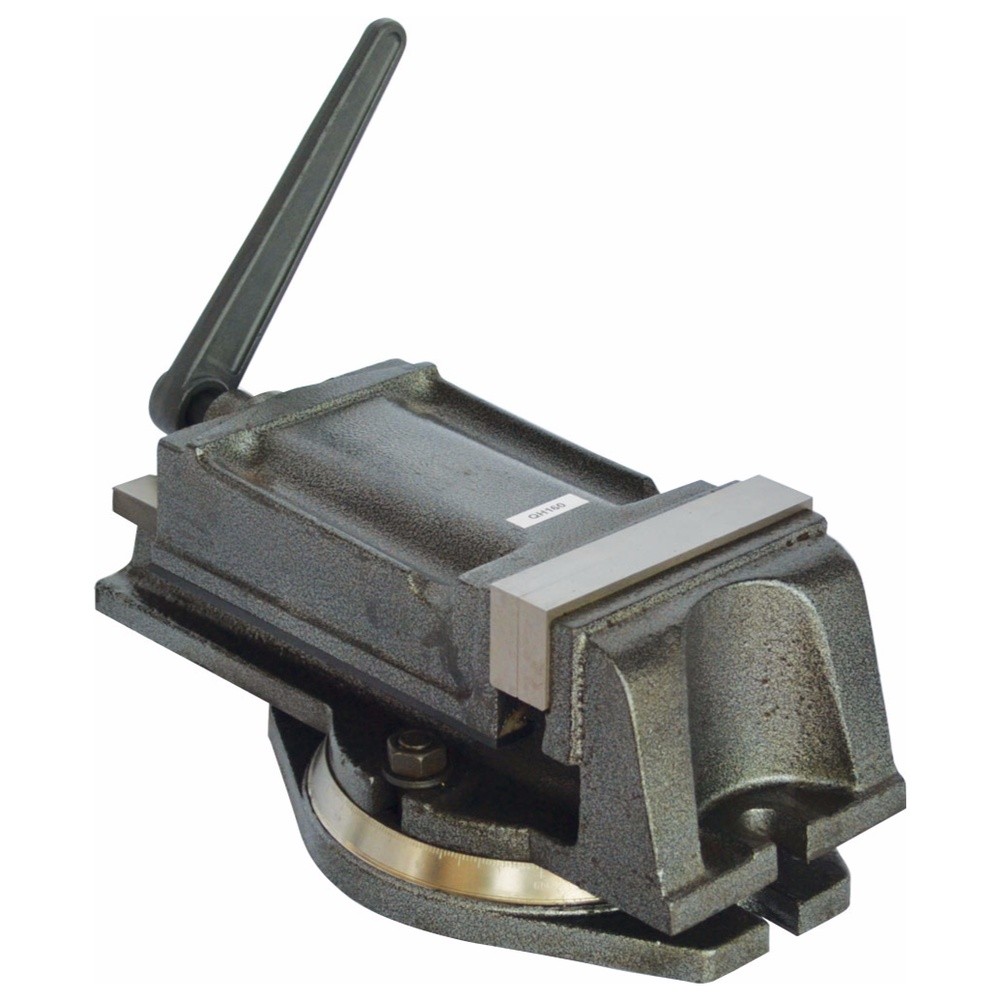
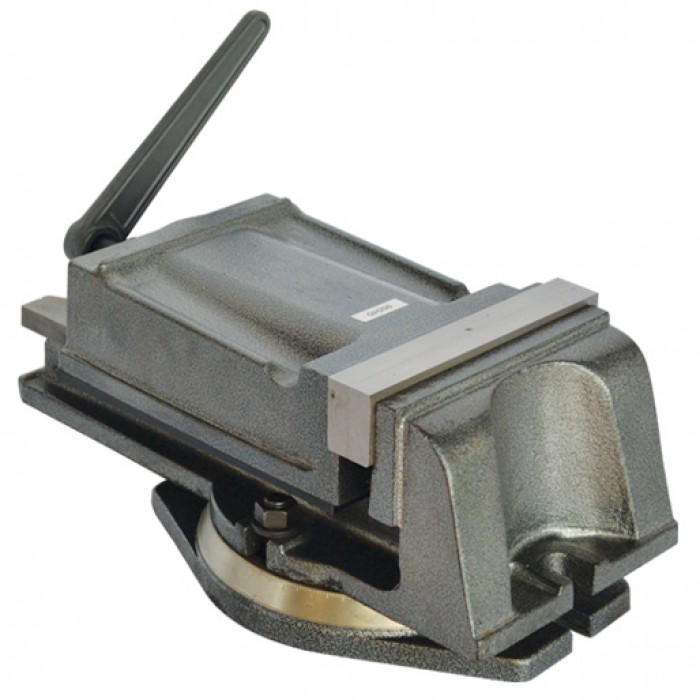
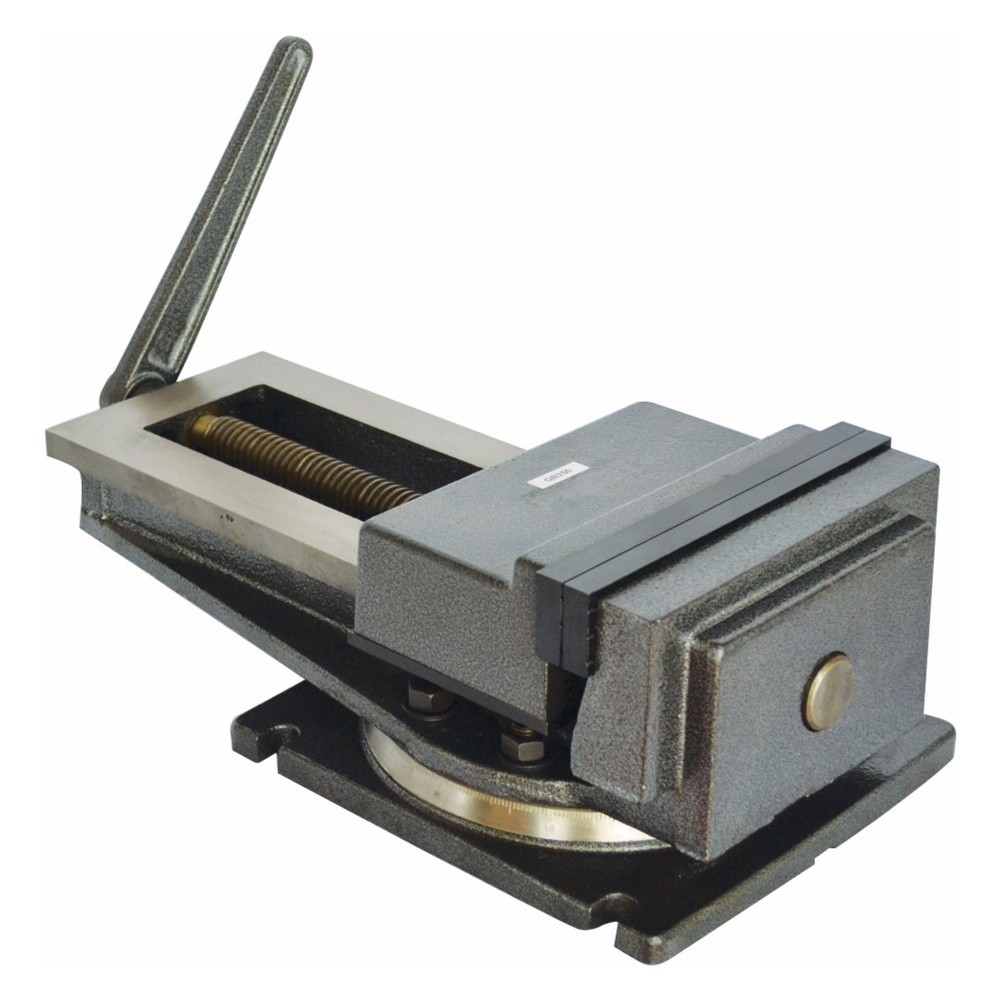
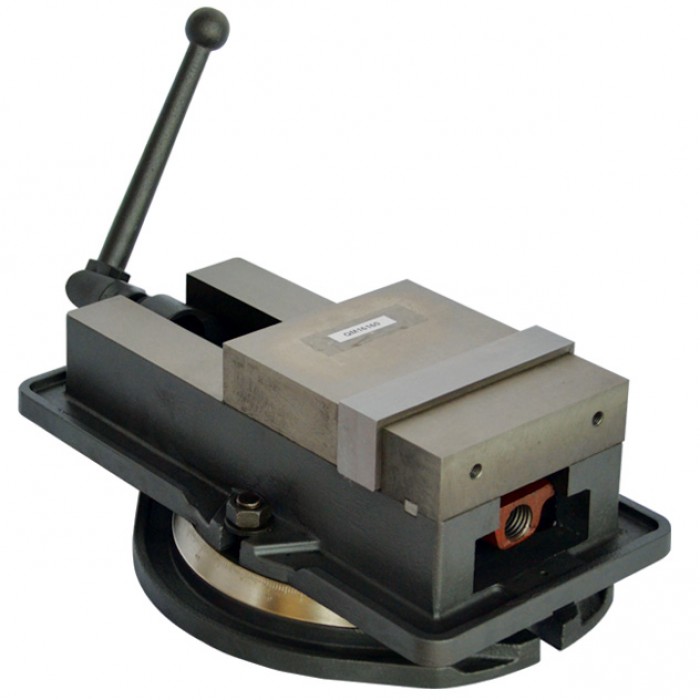
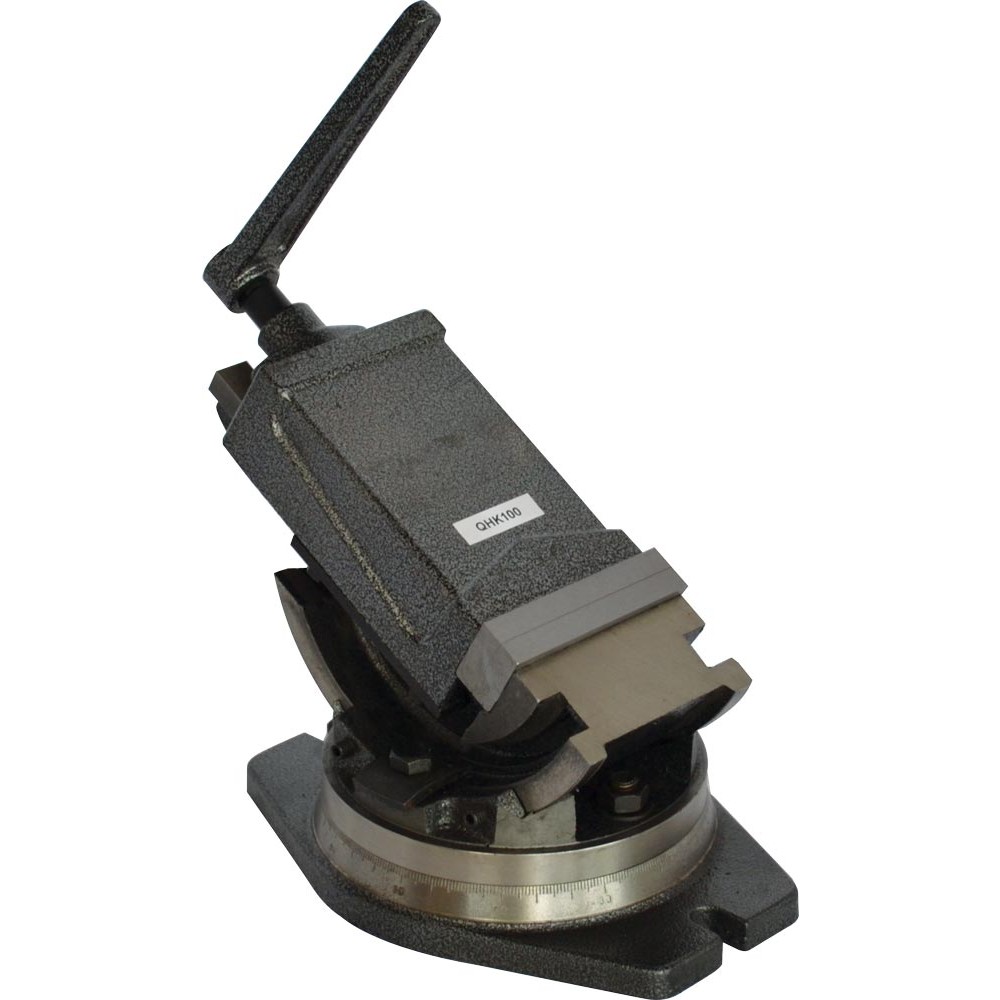
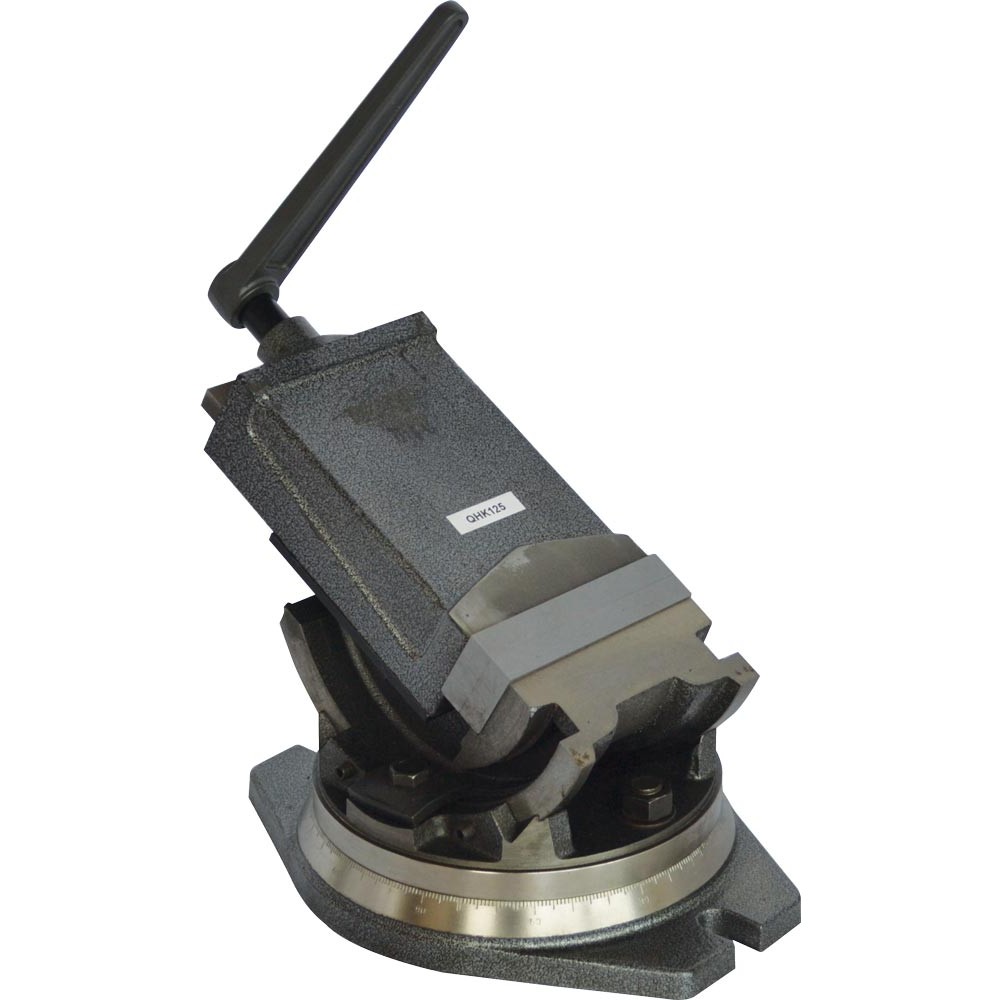
_zkmmzopp1k.jpg)
